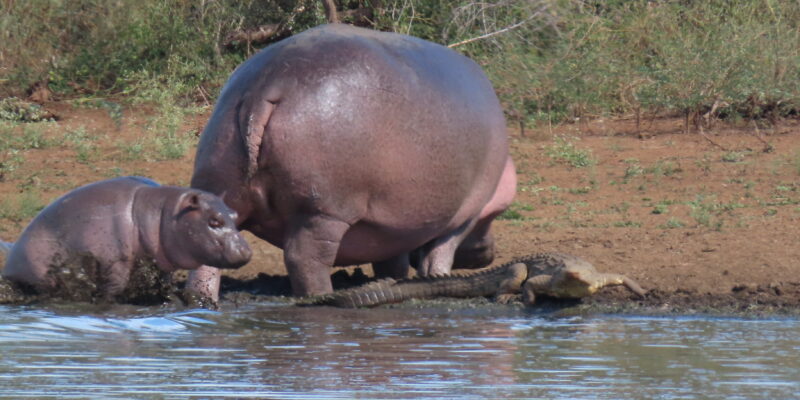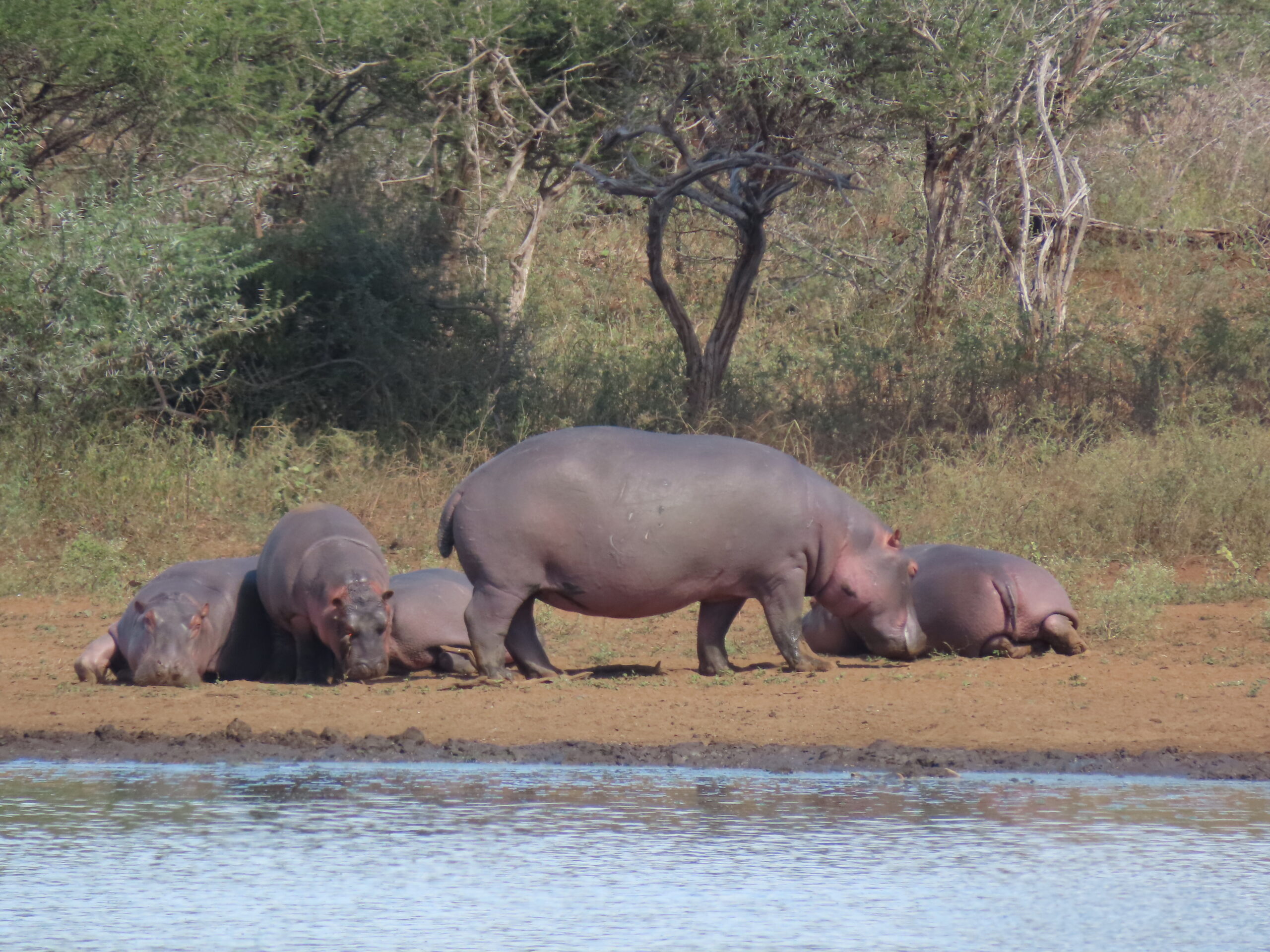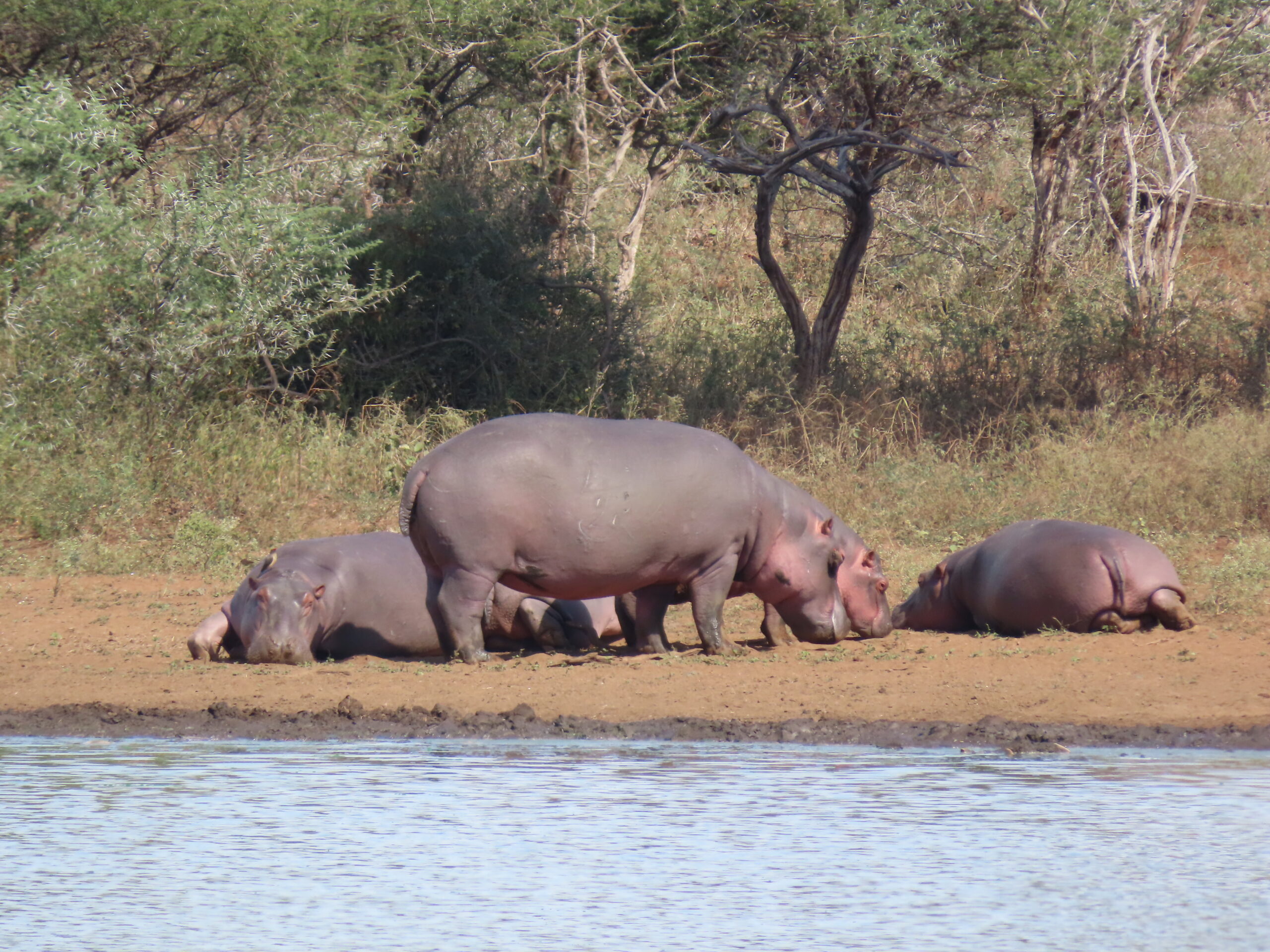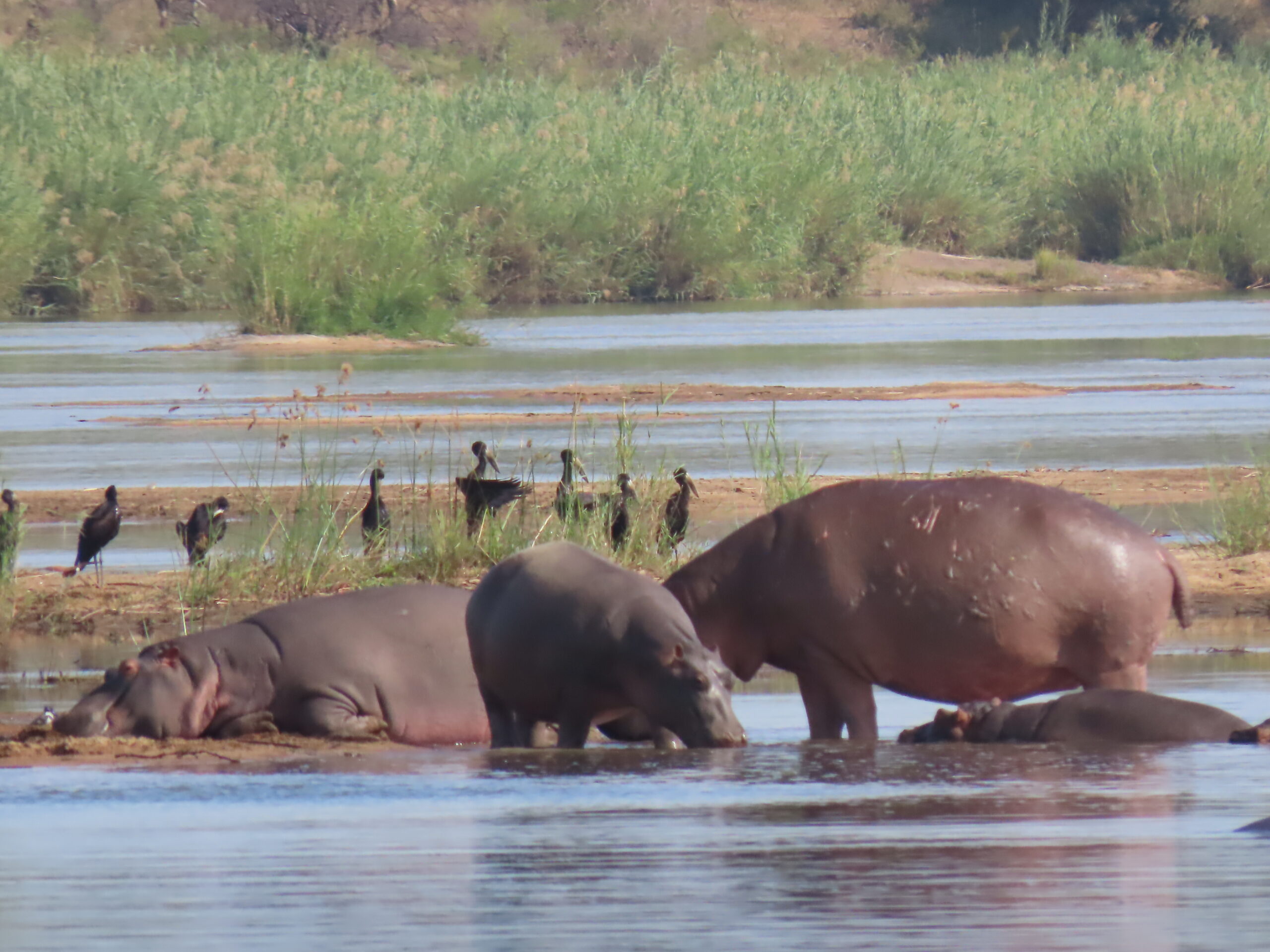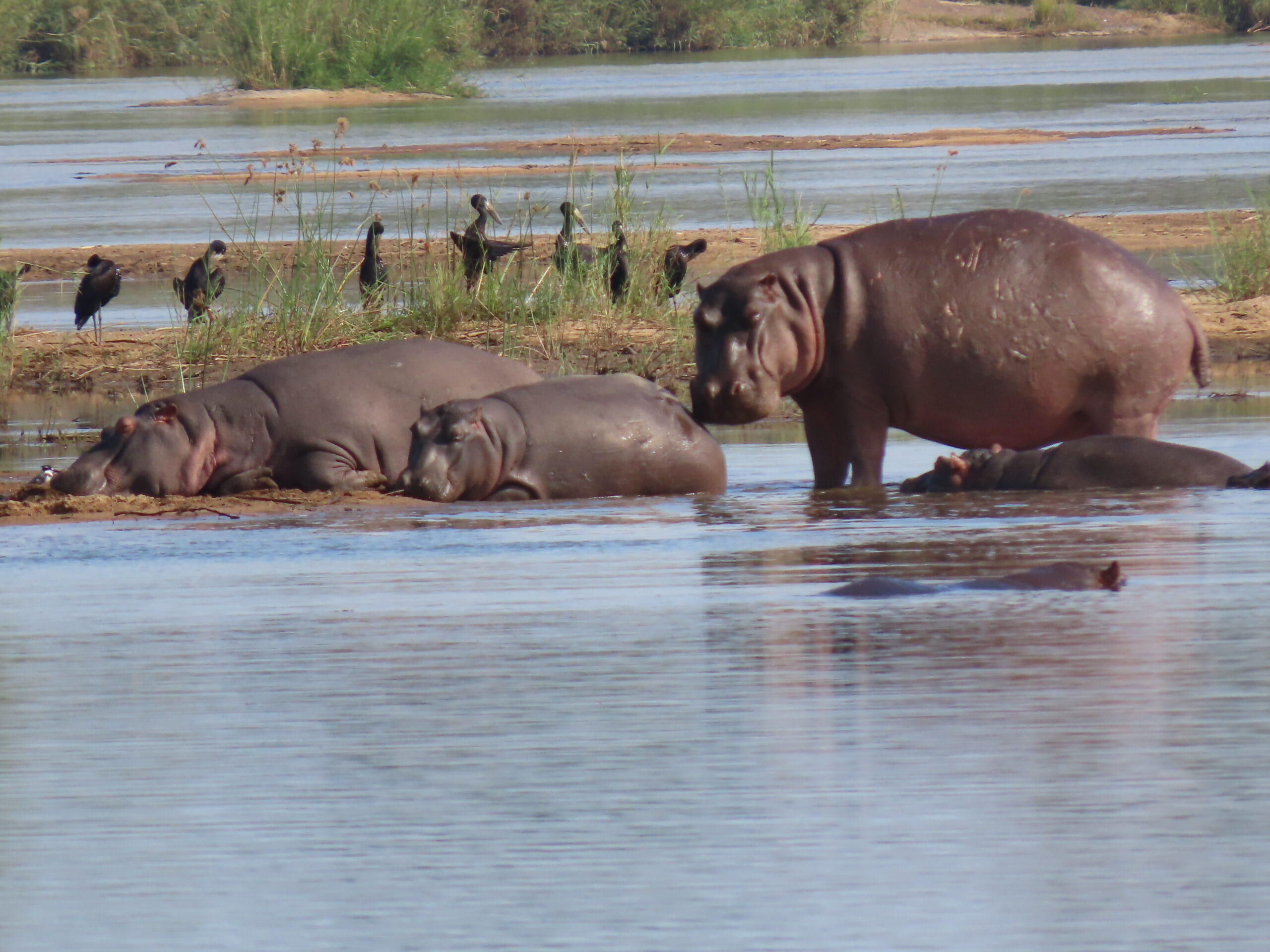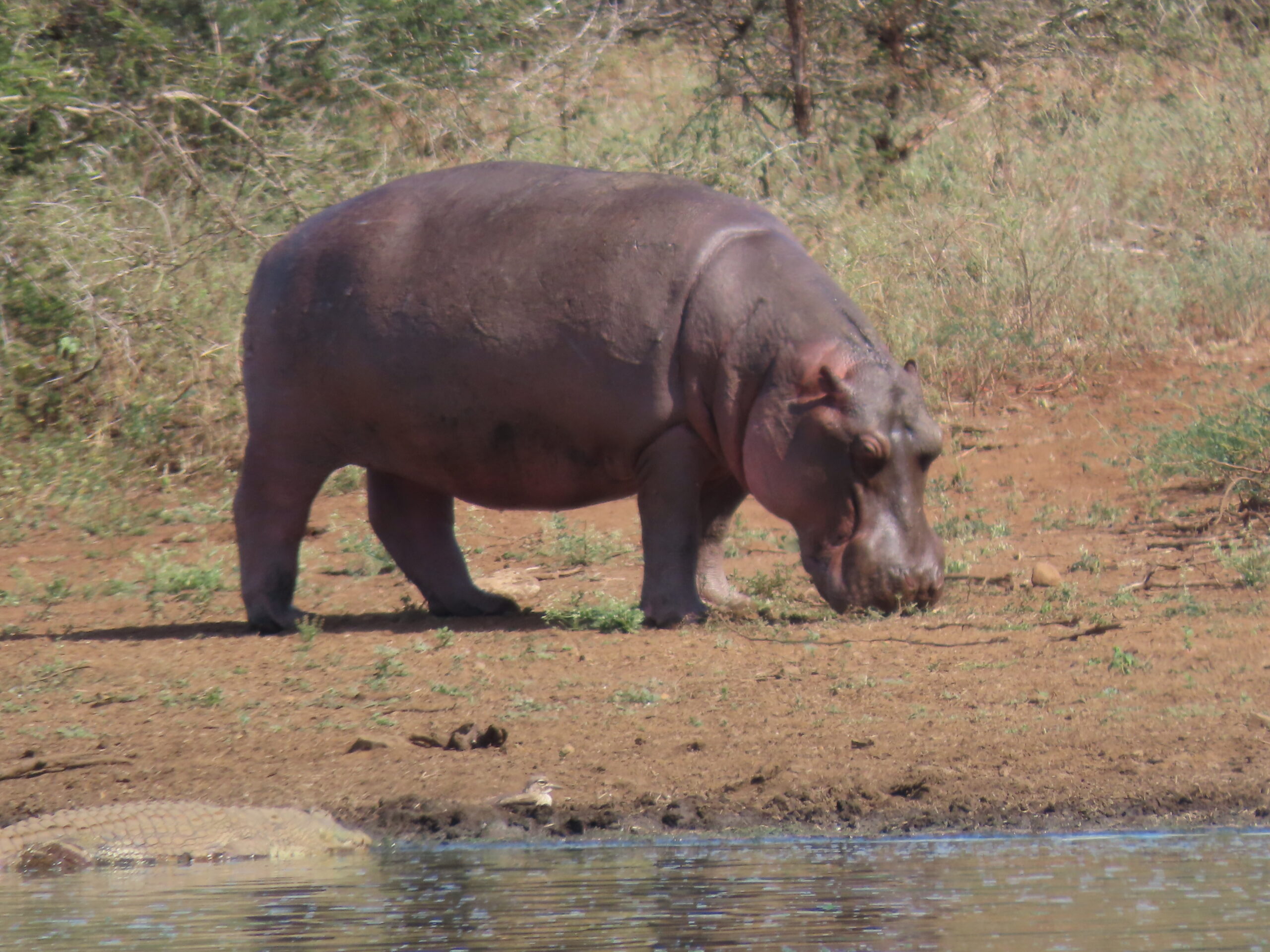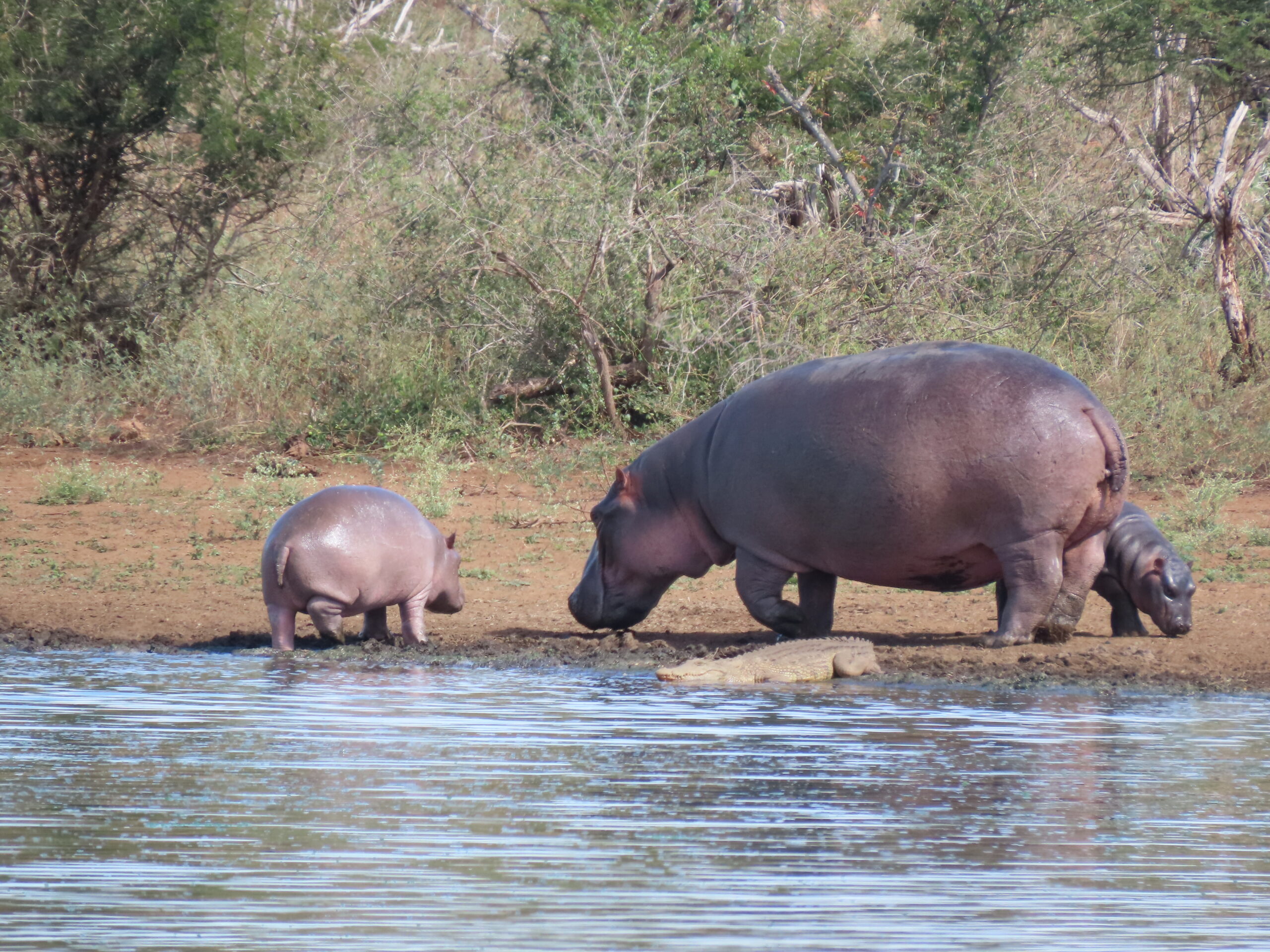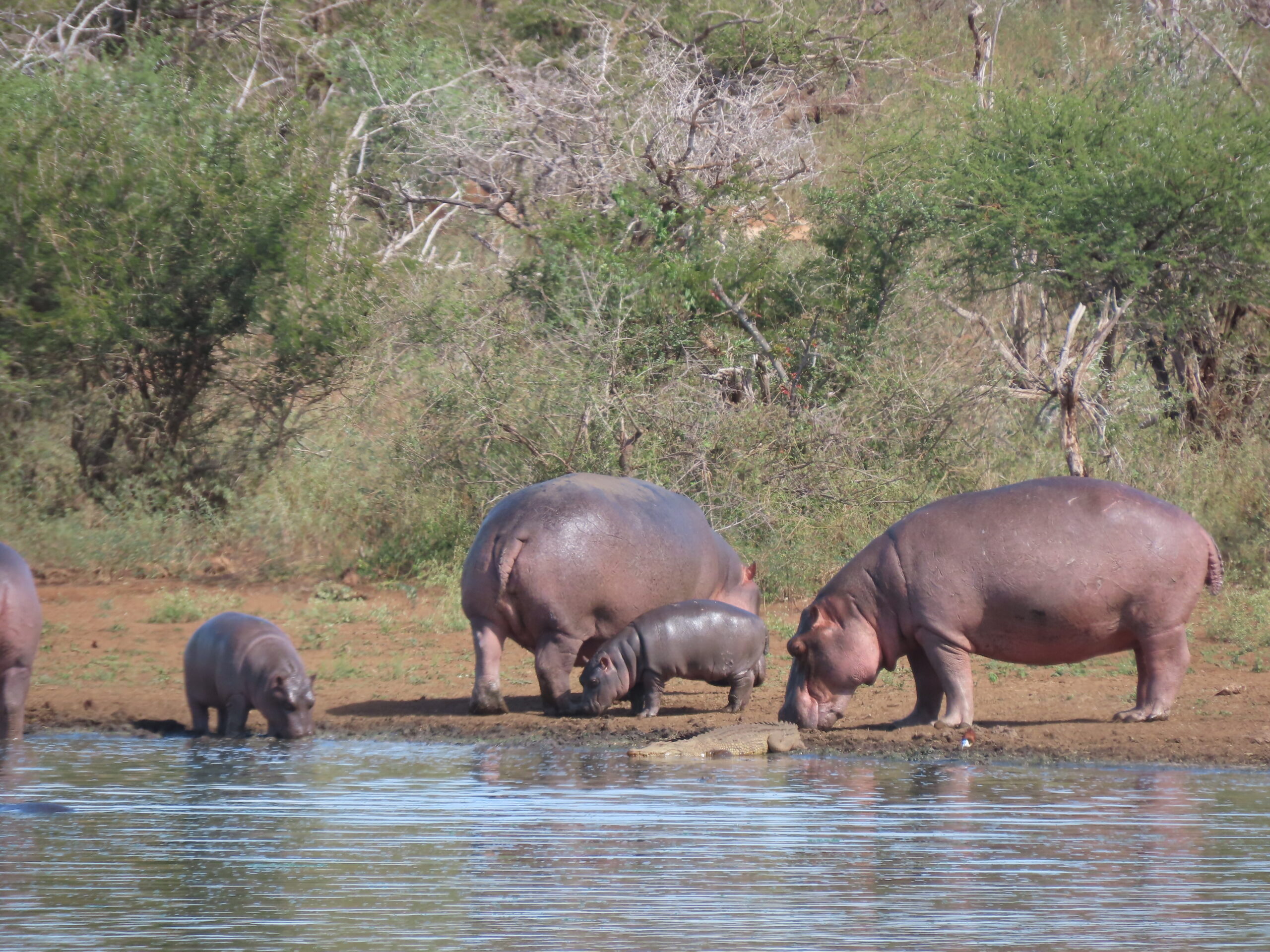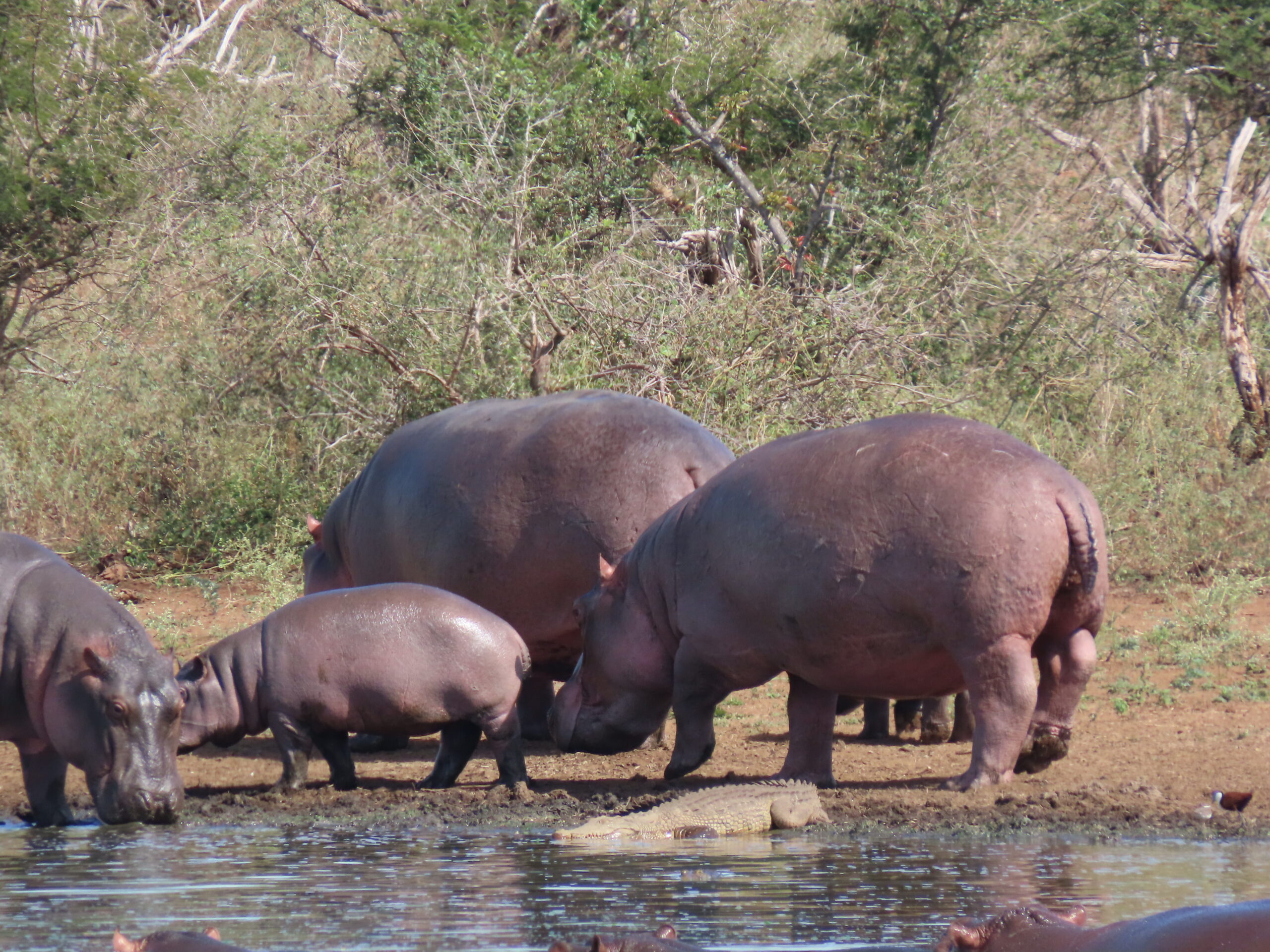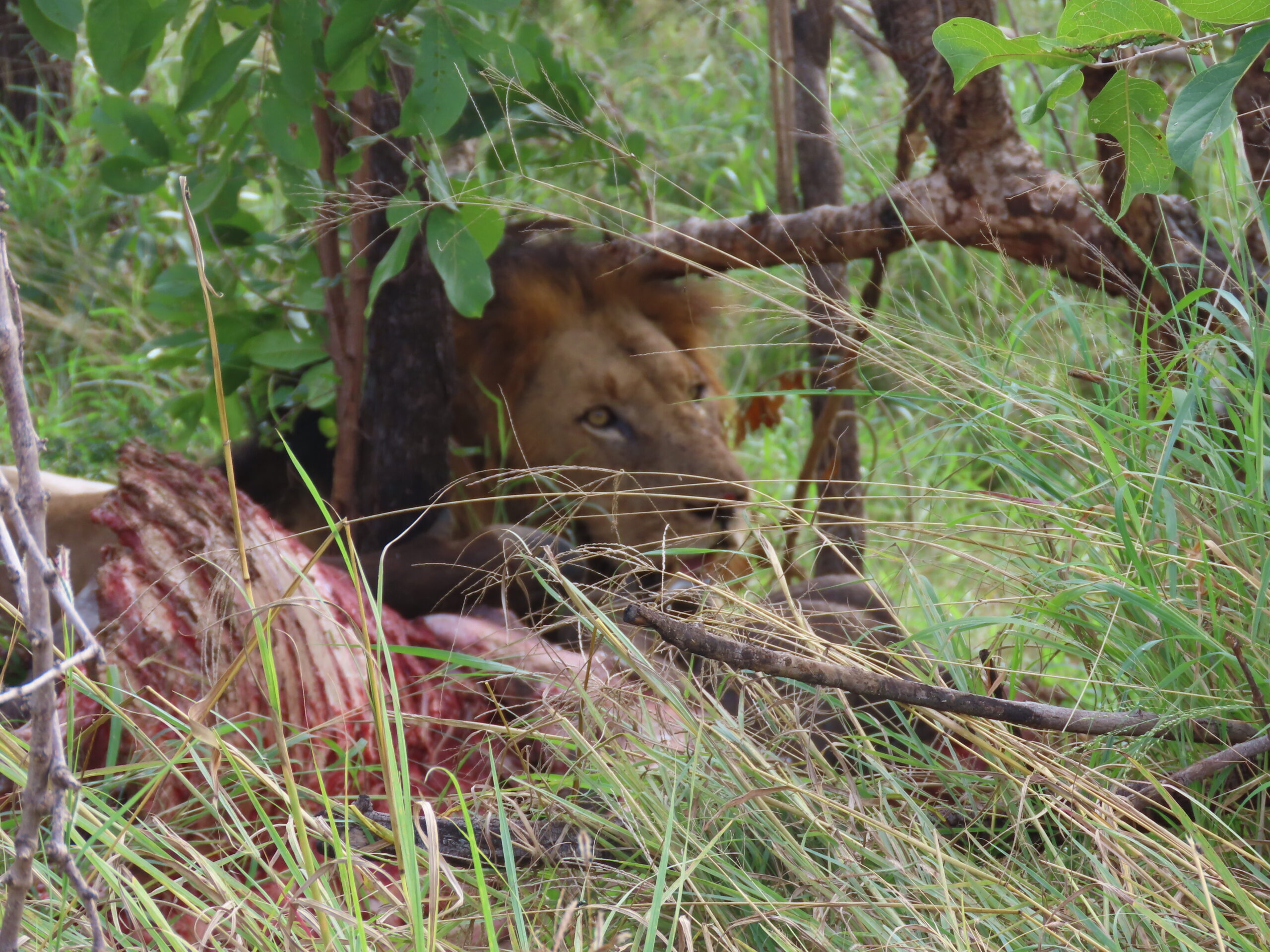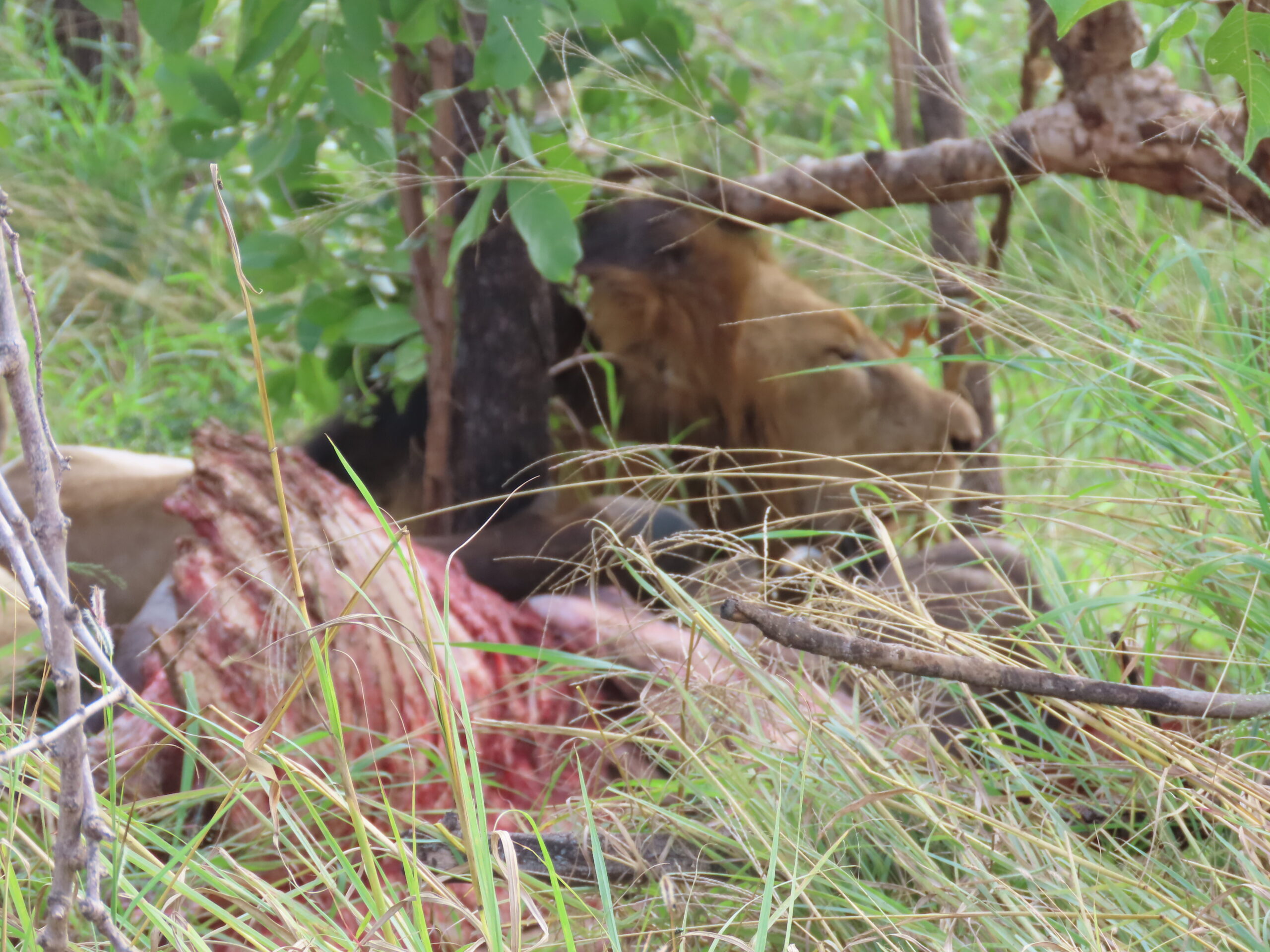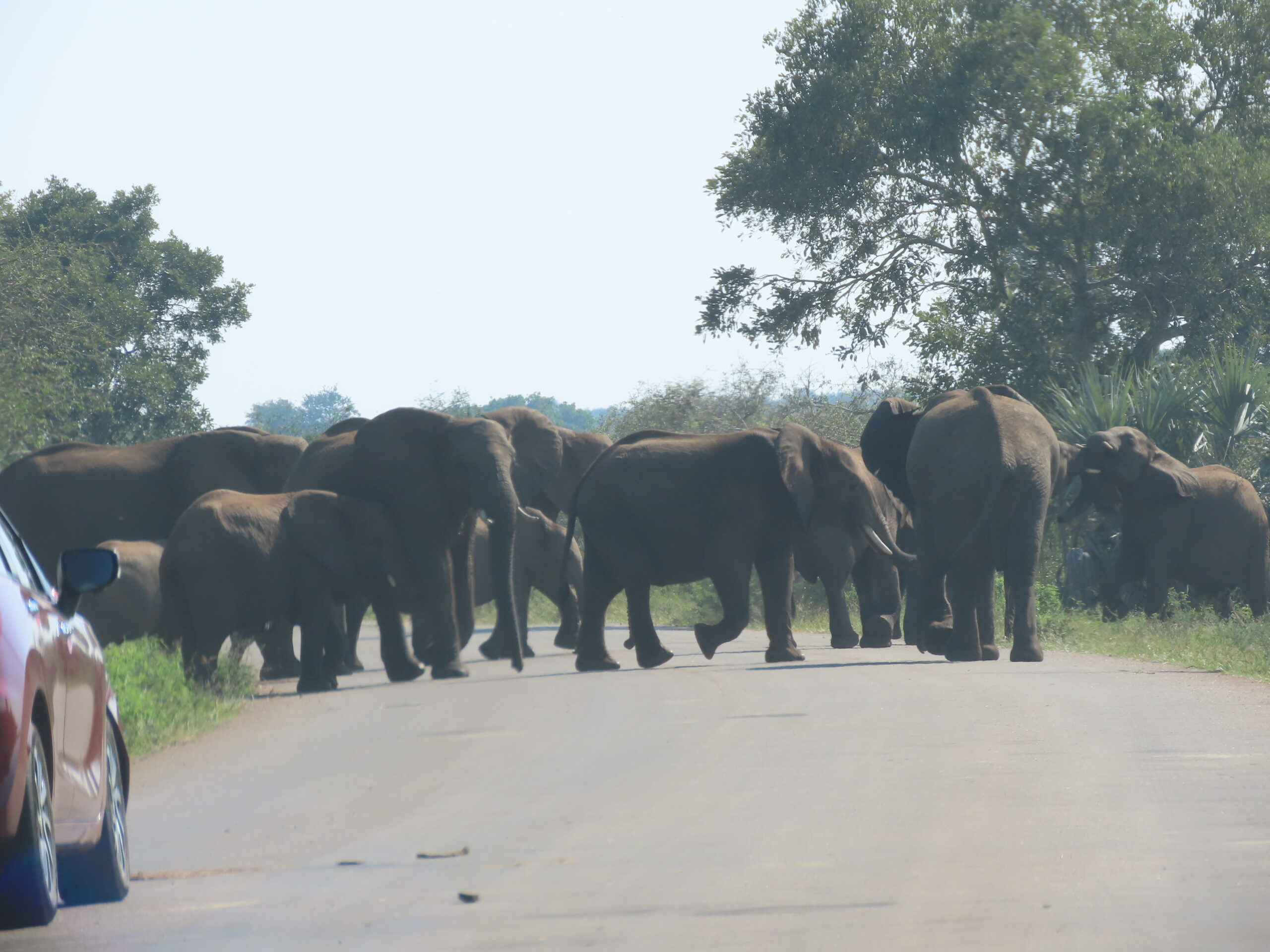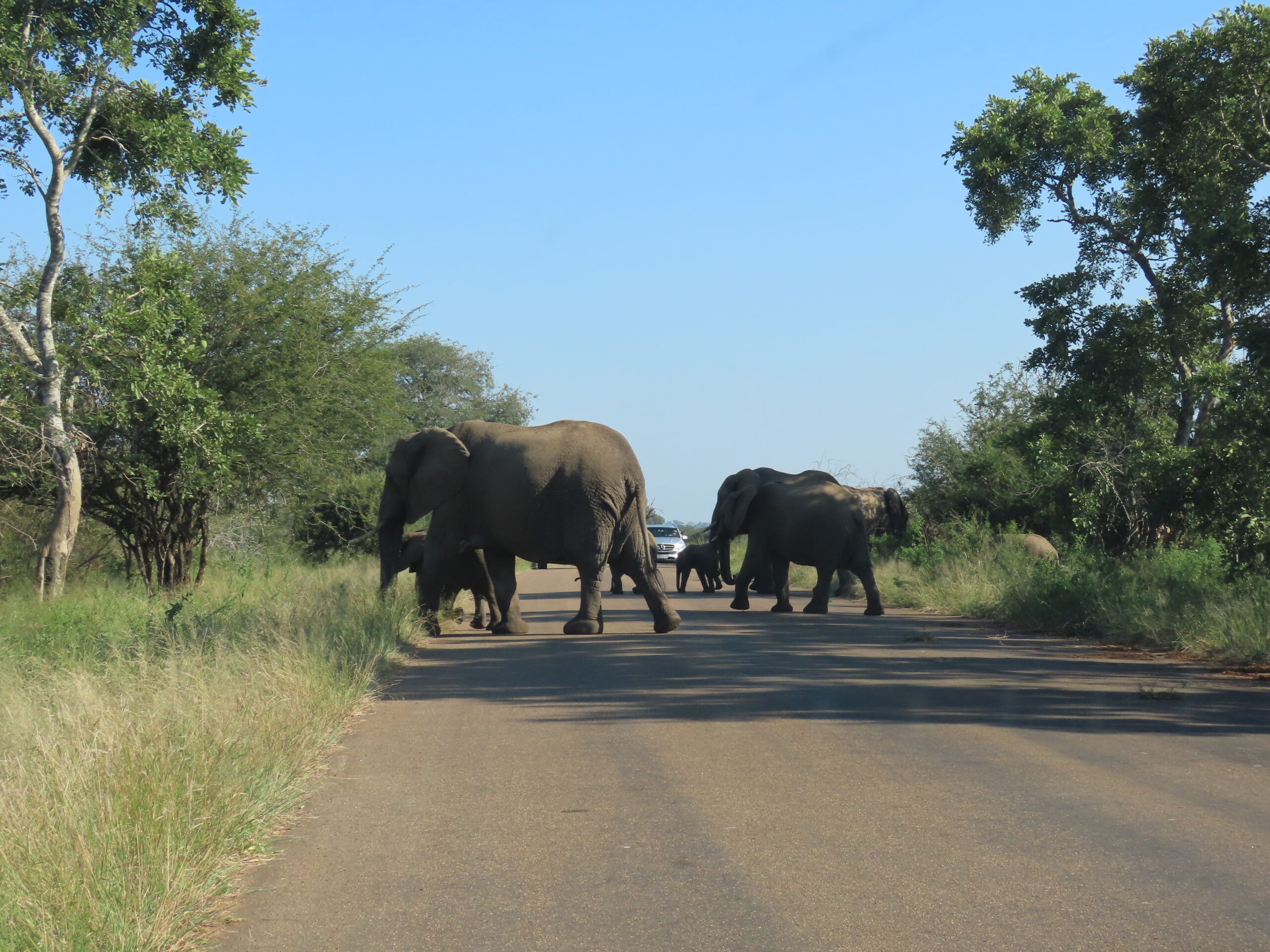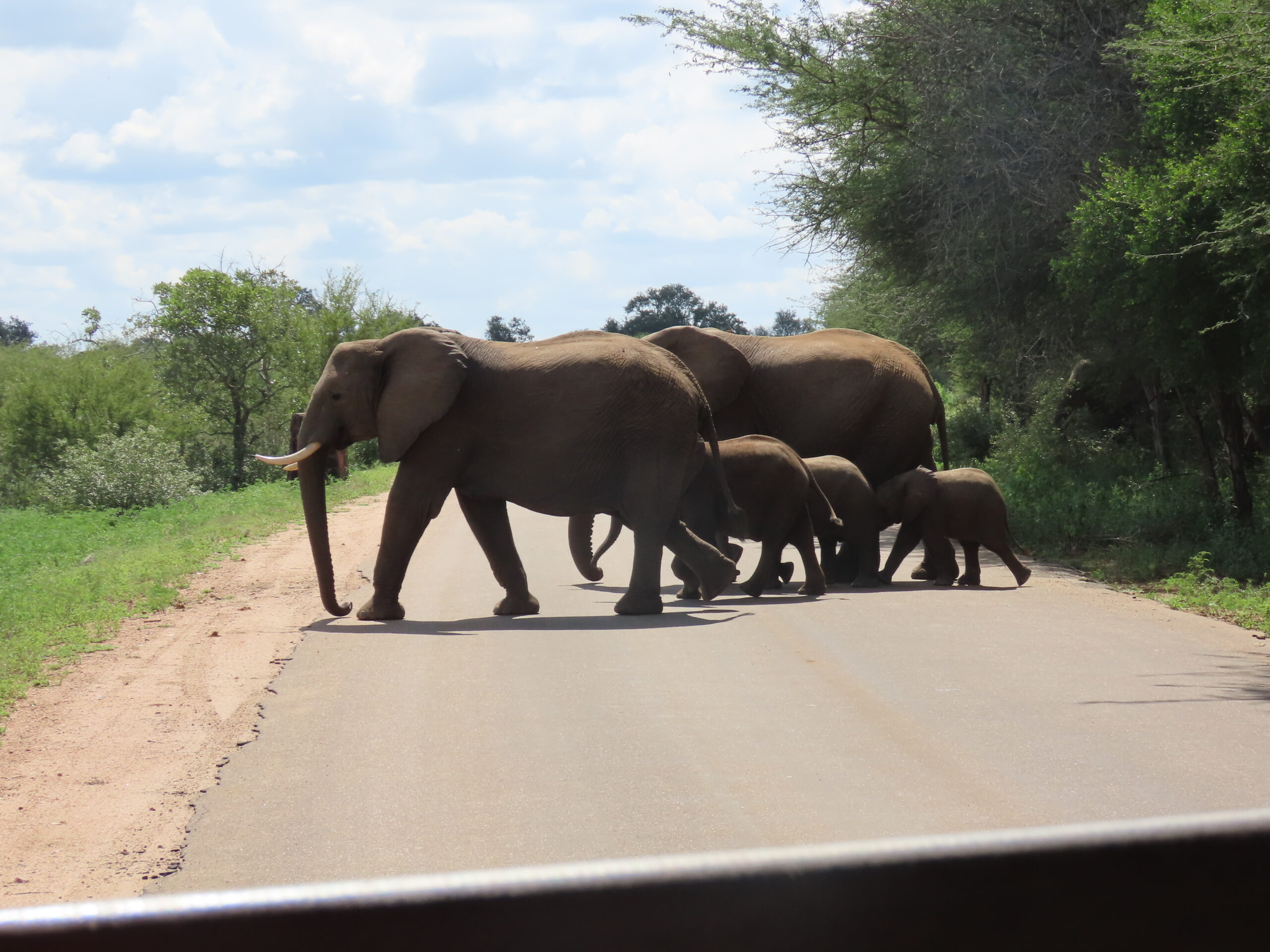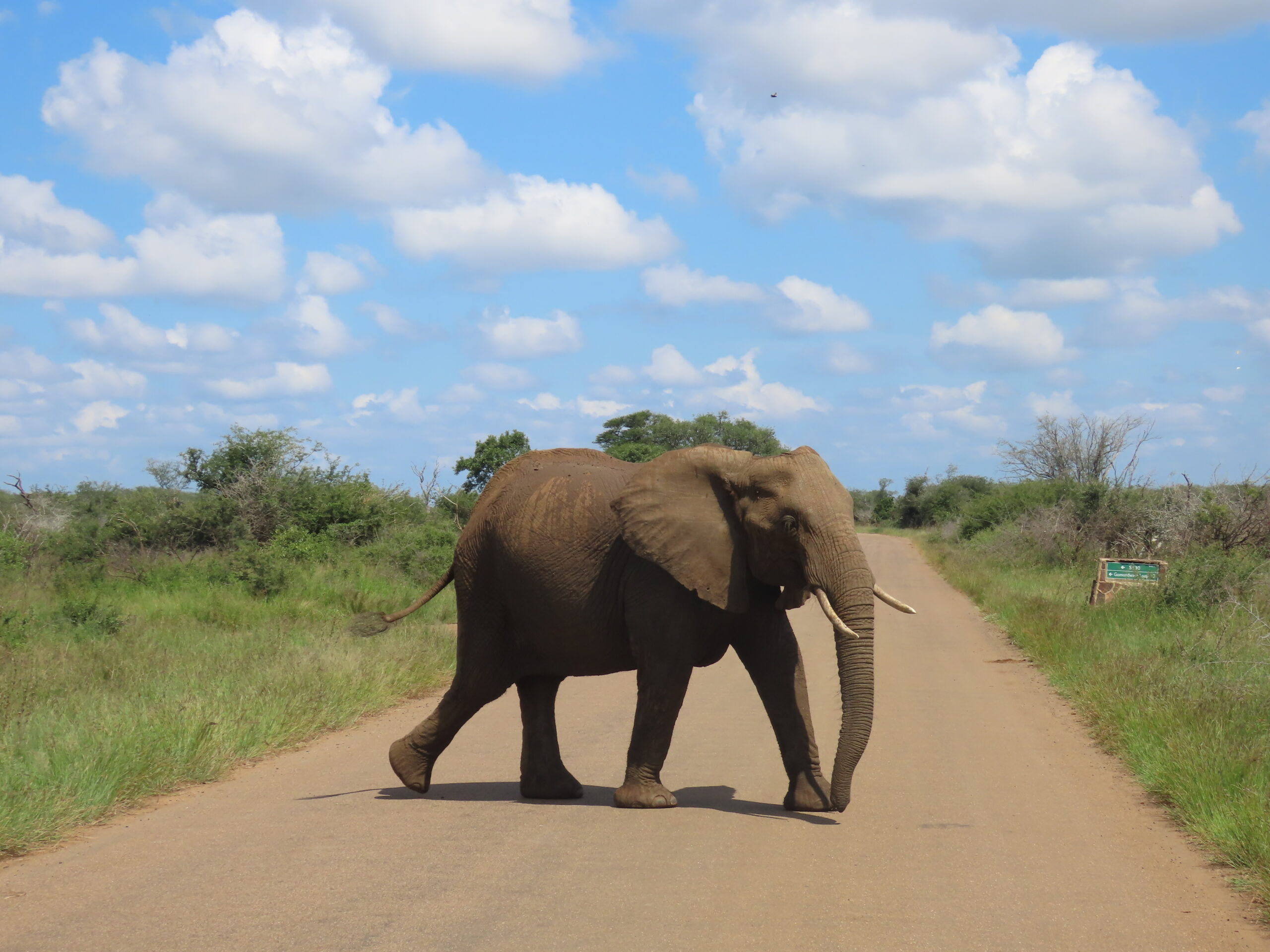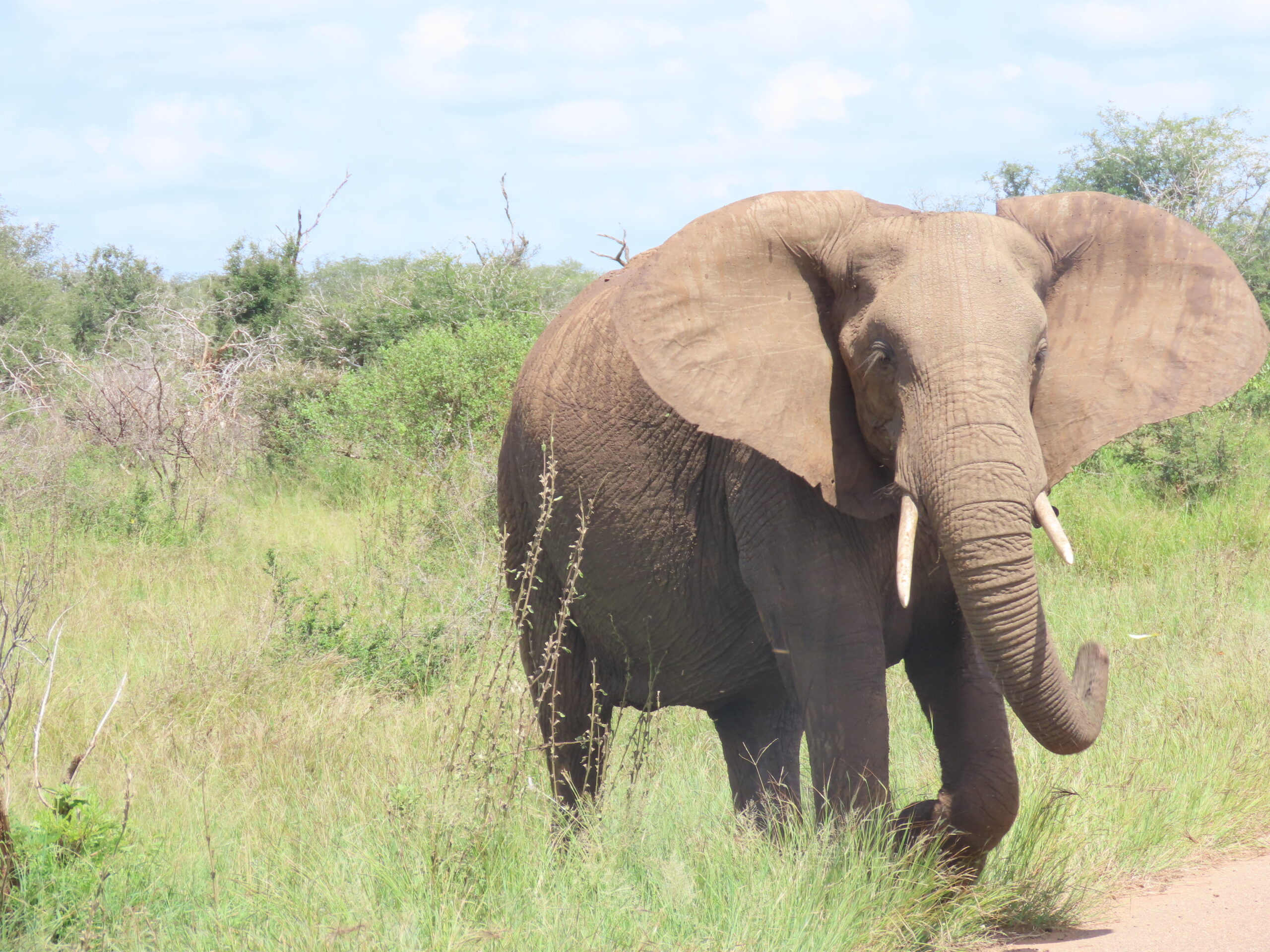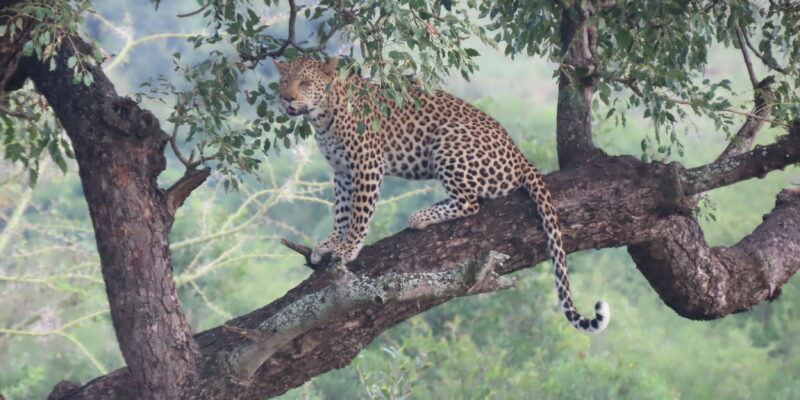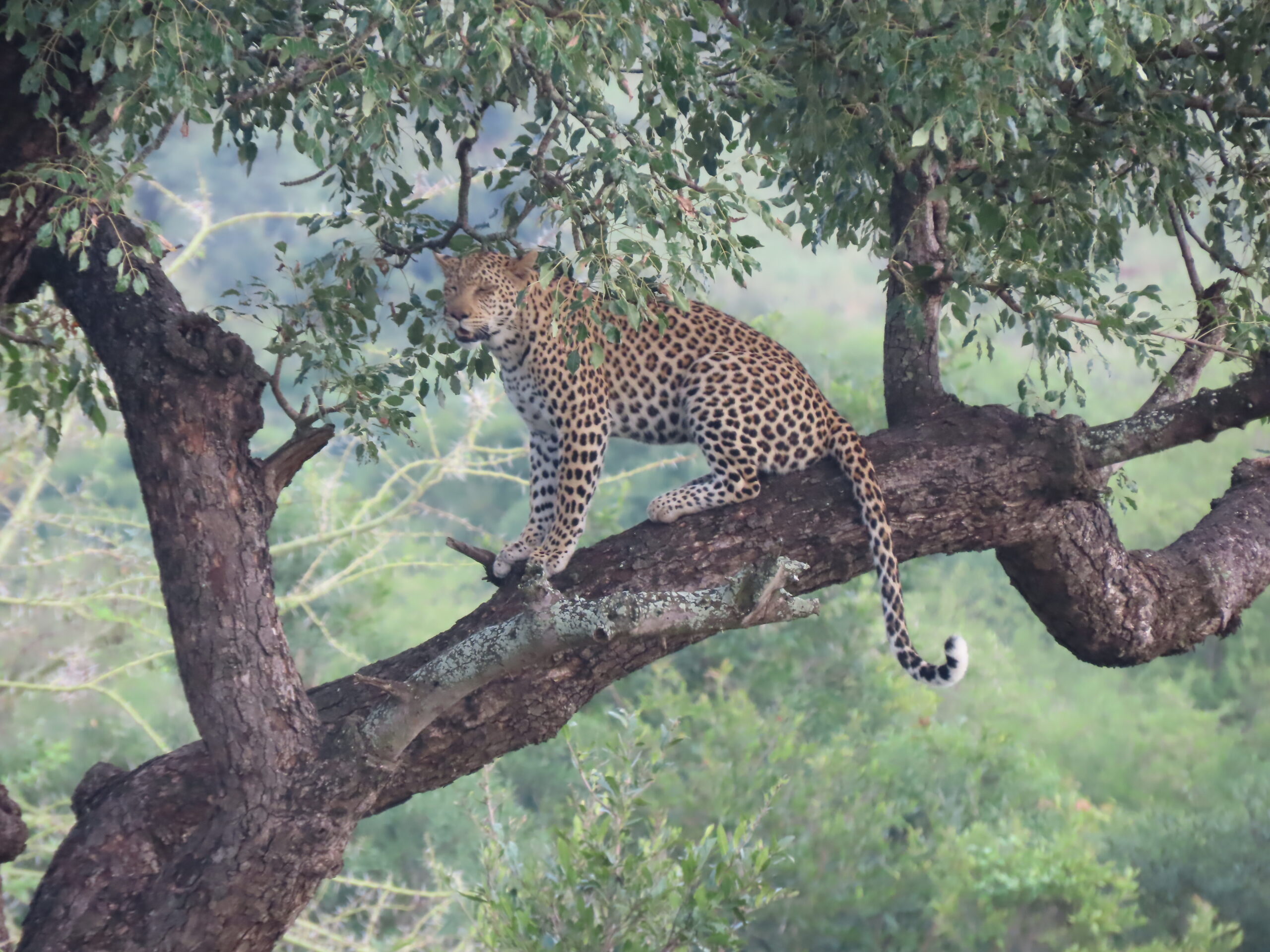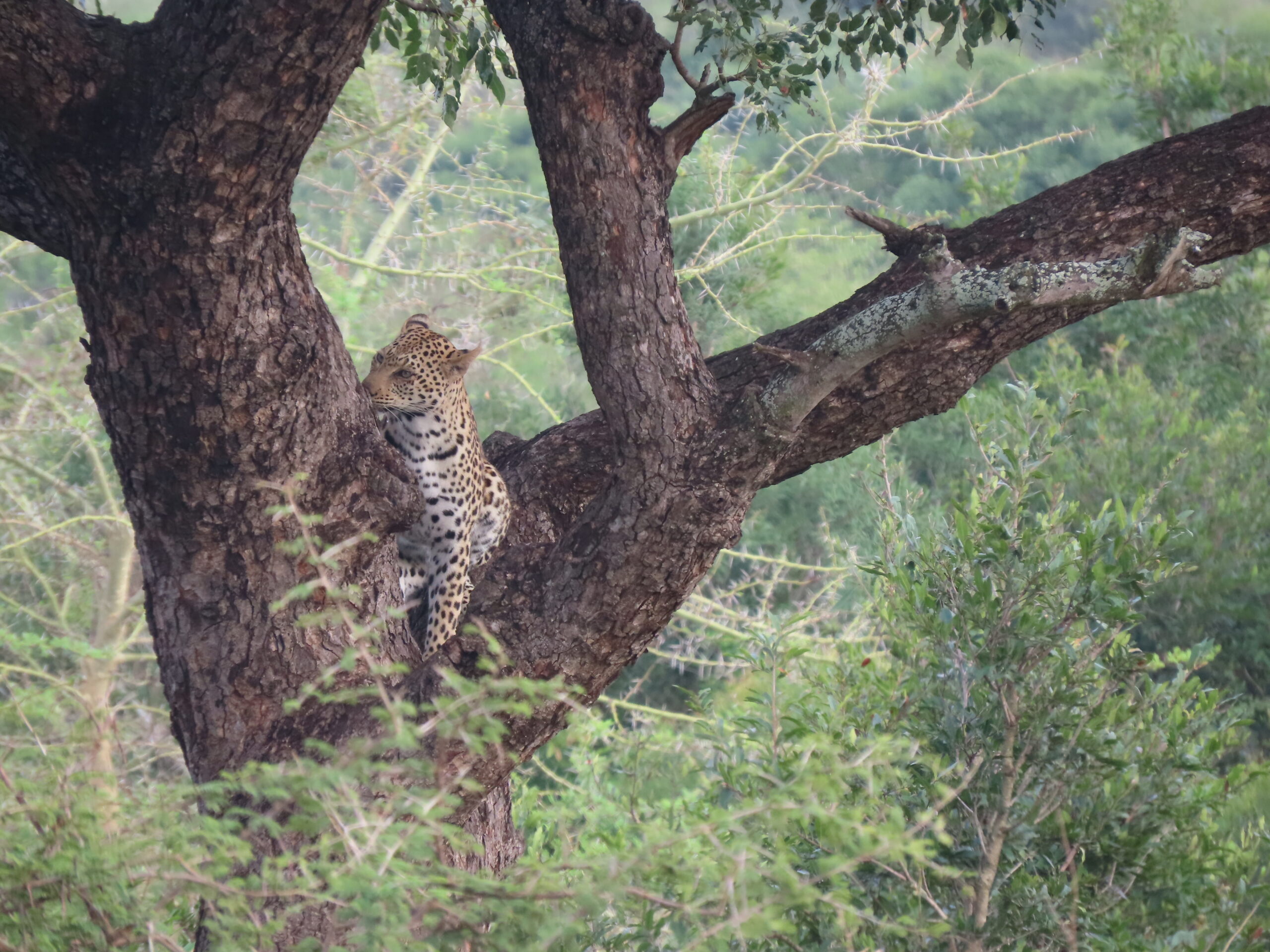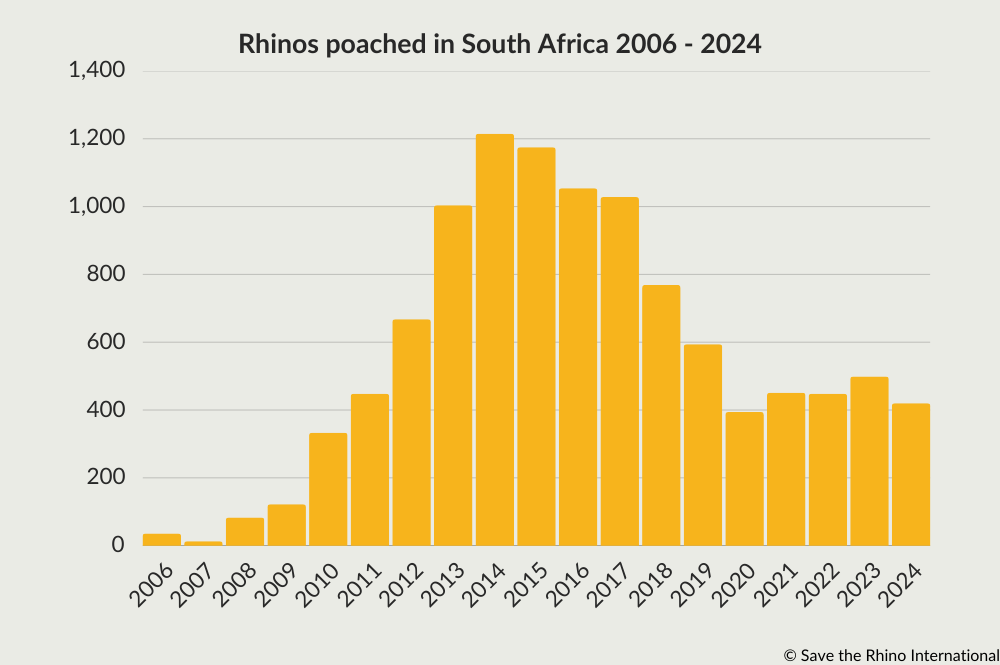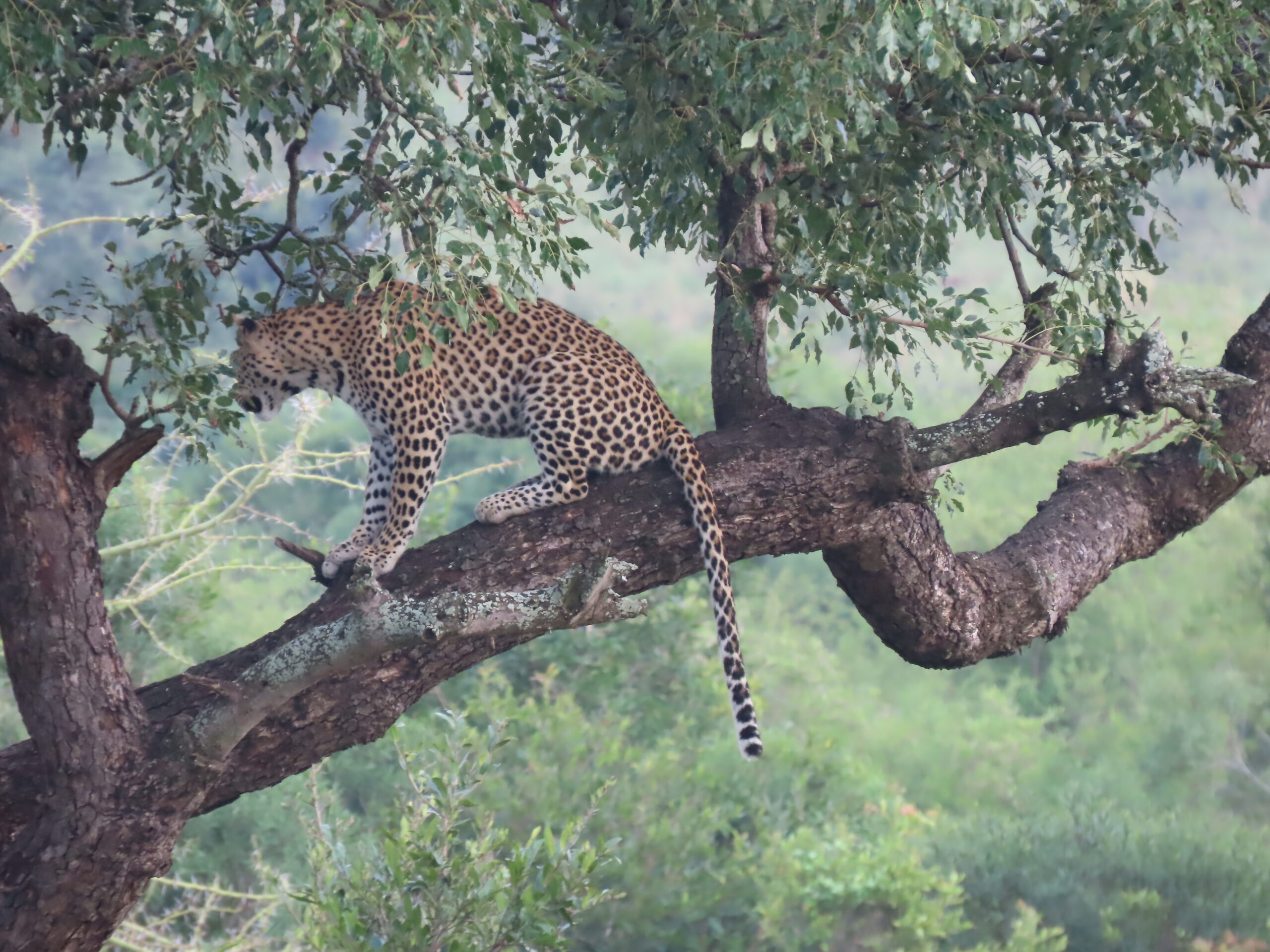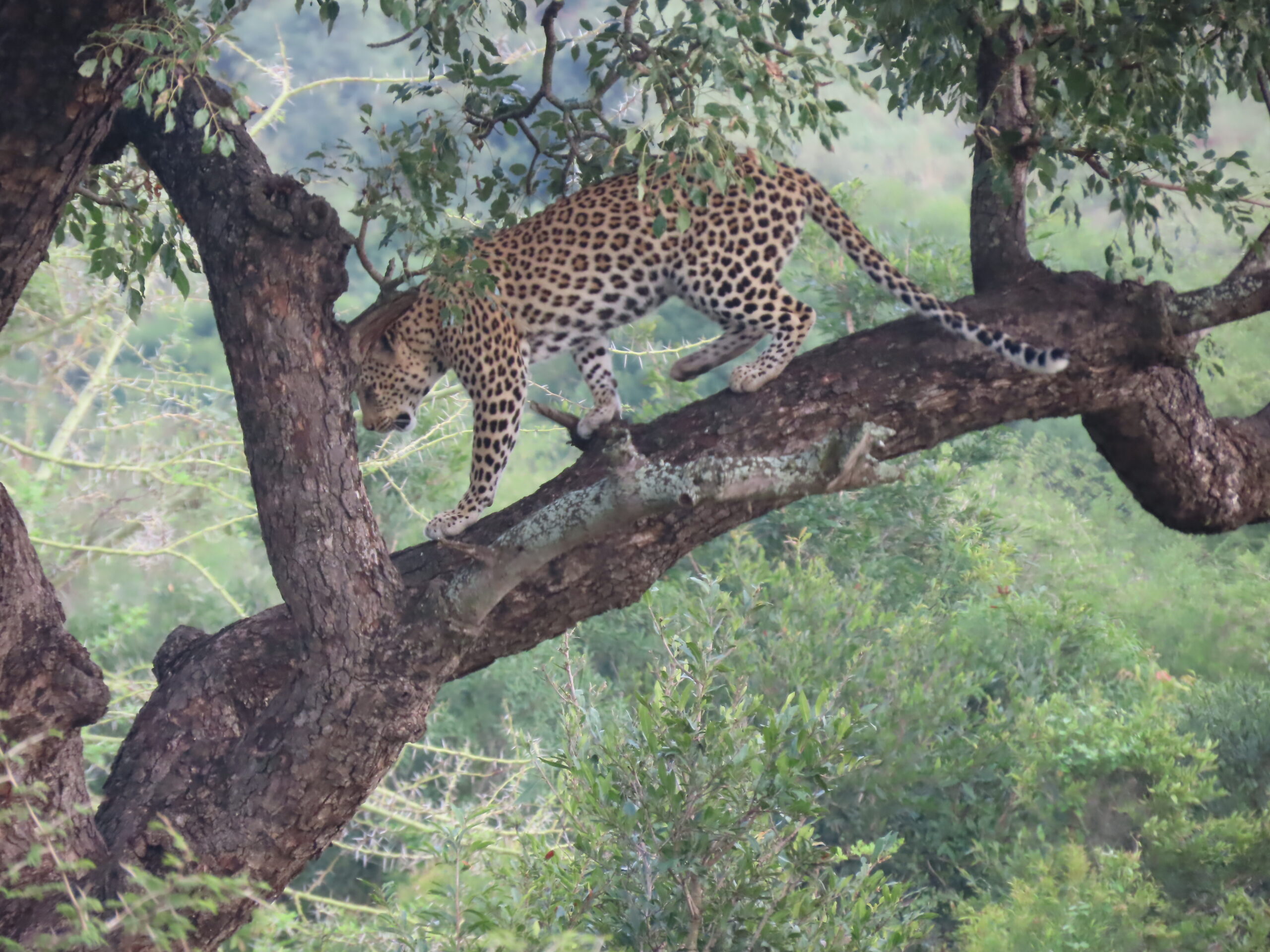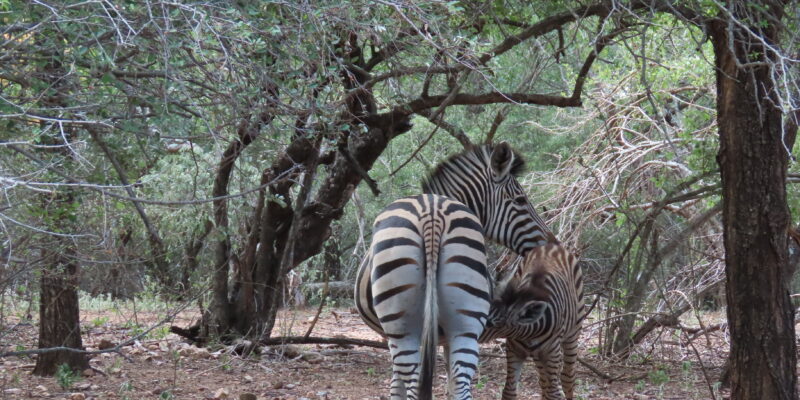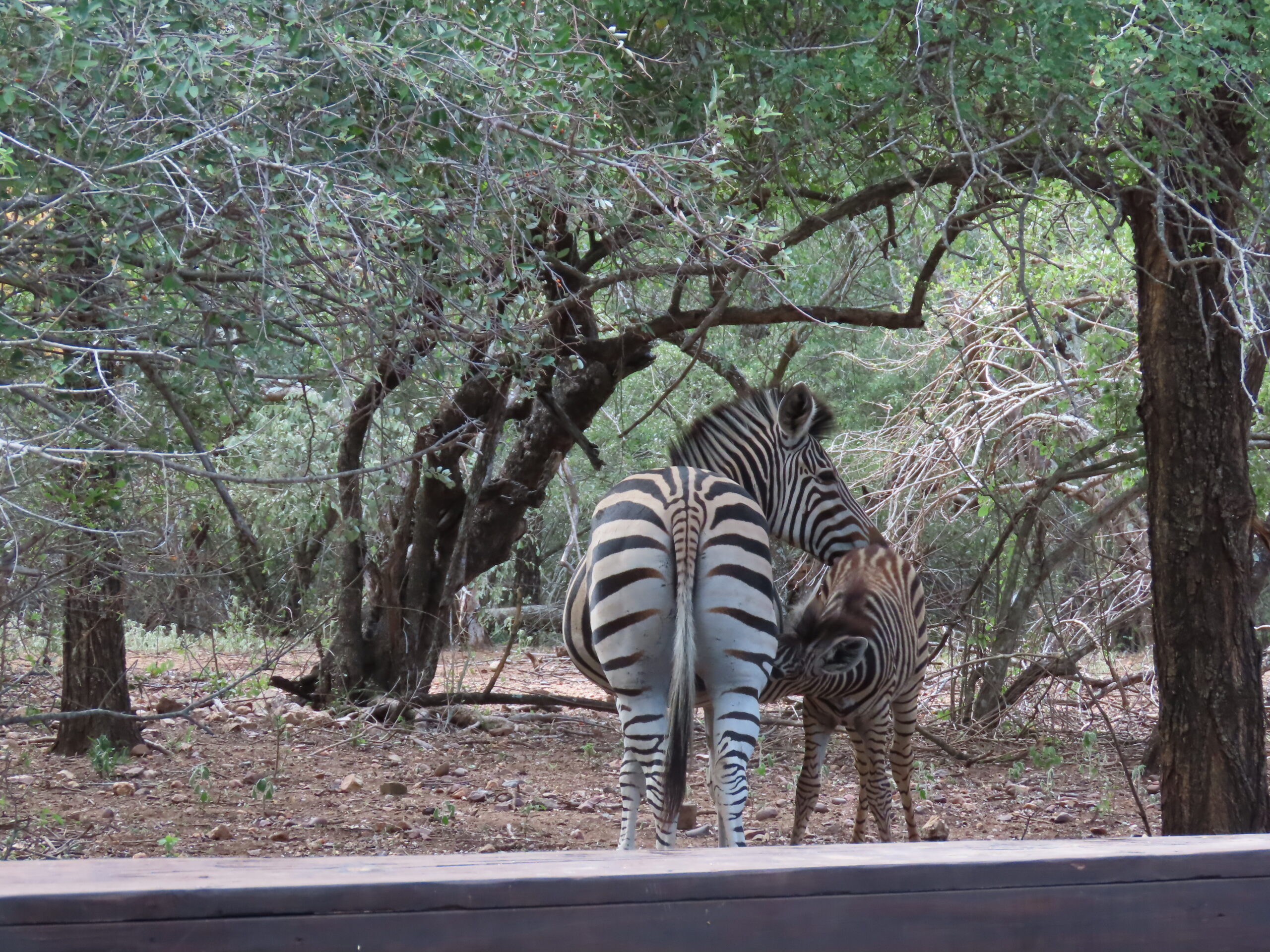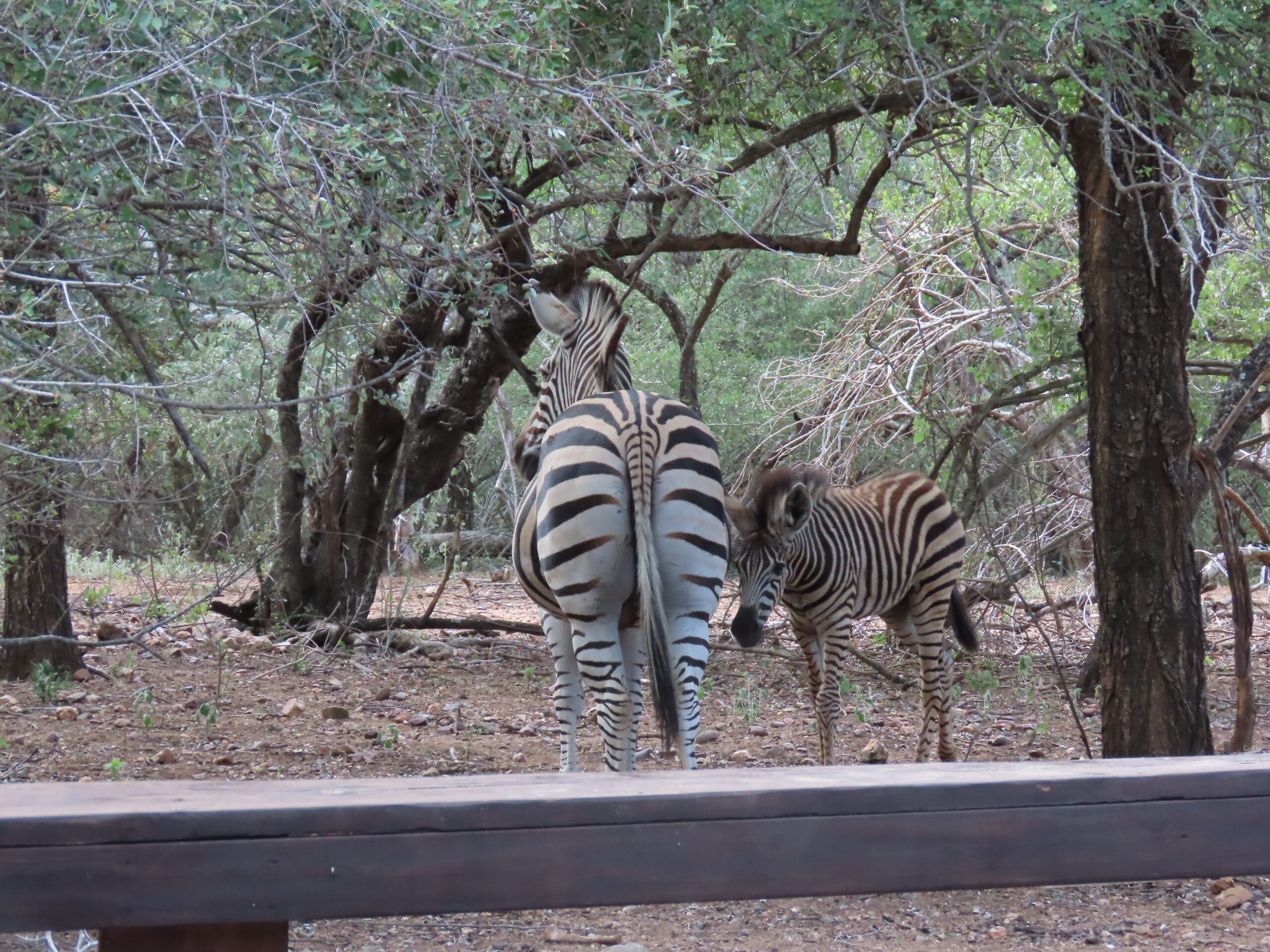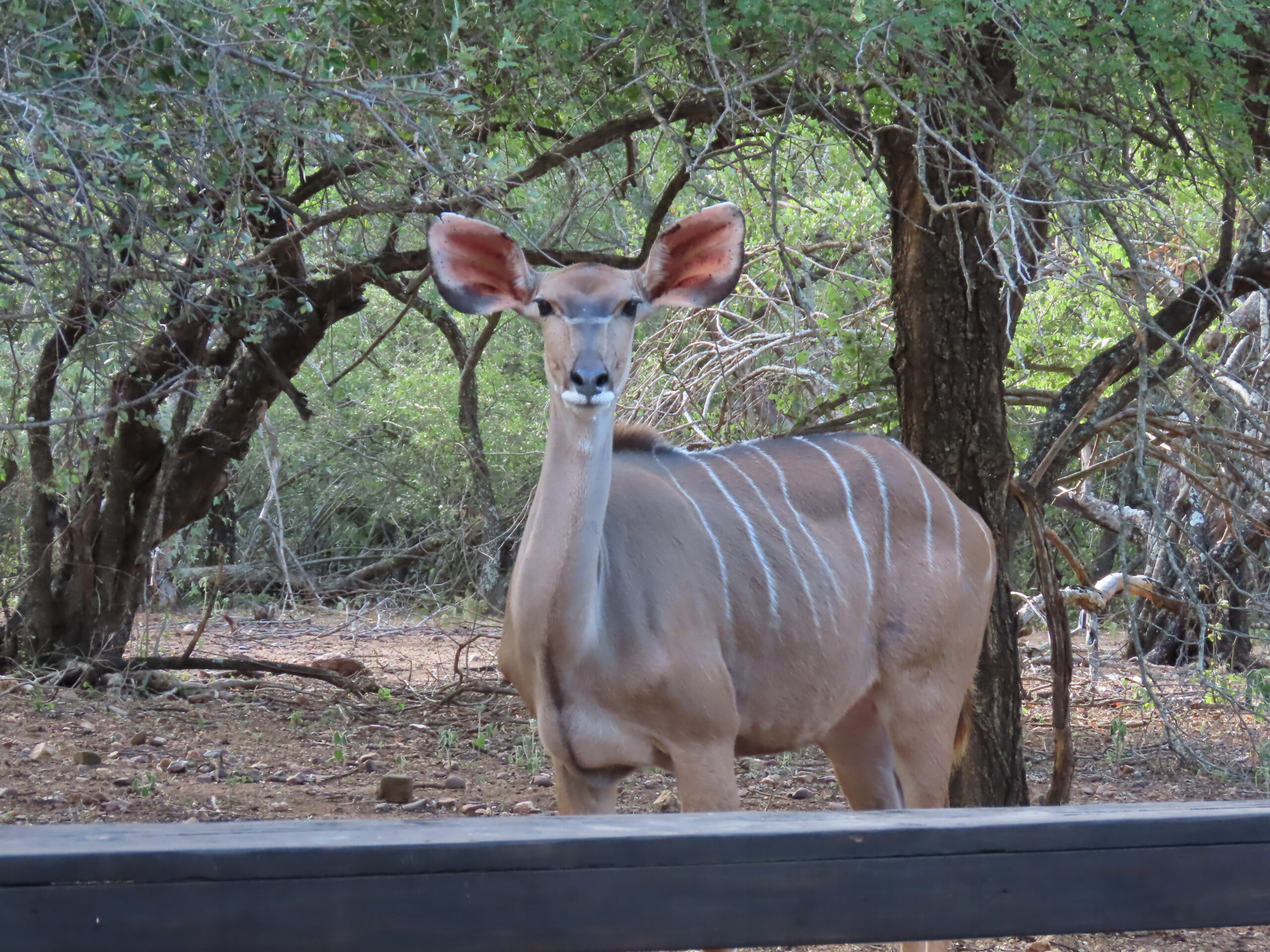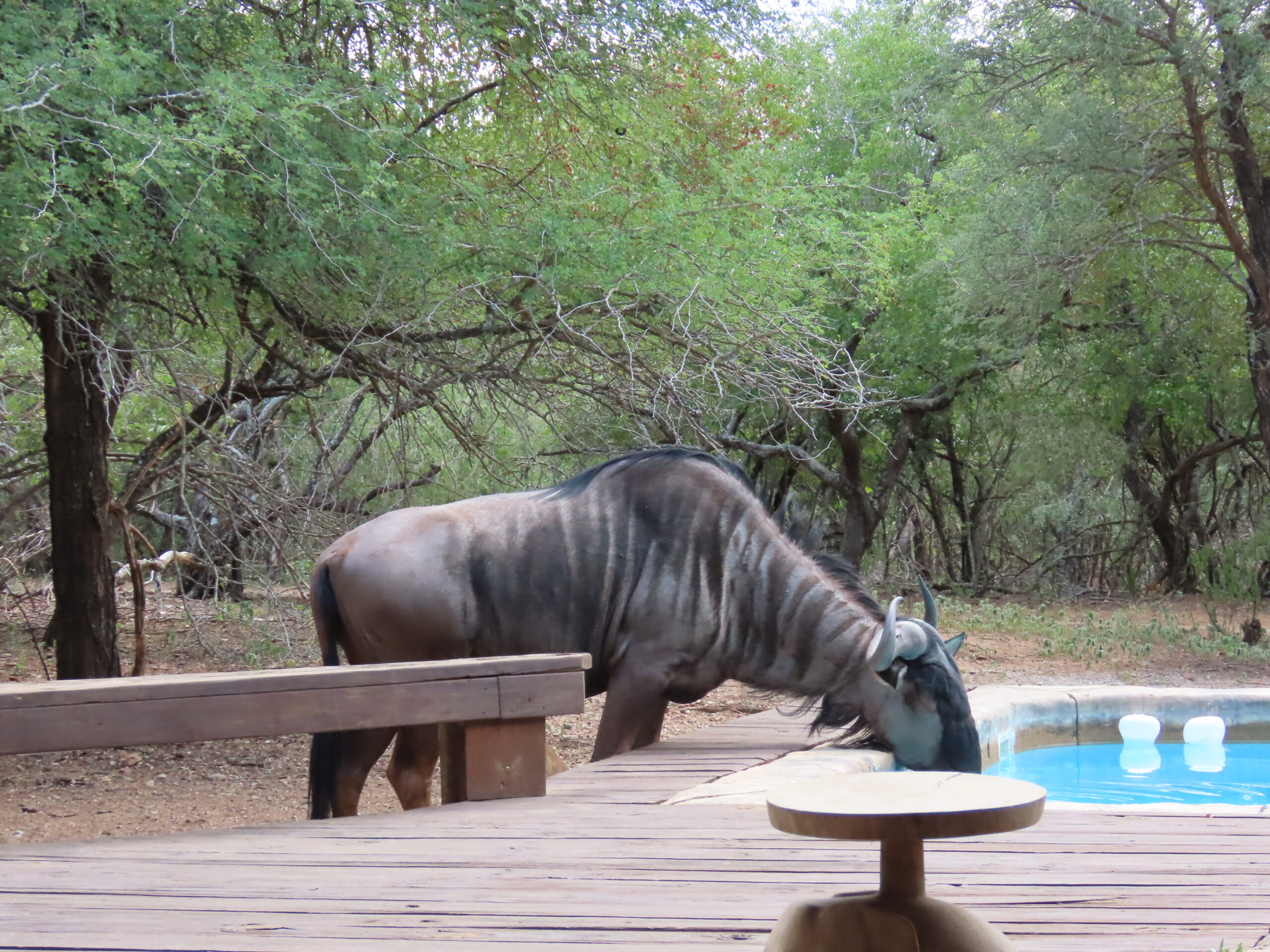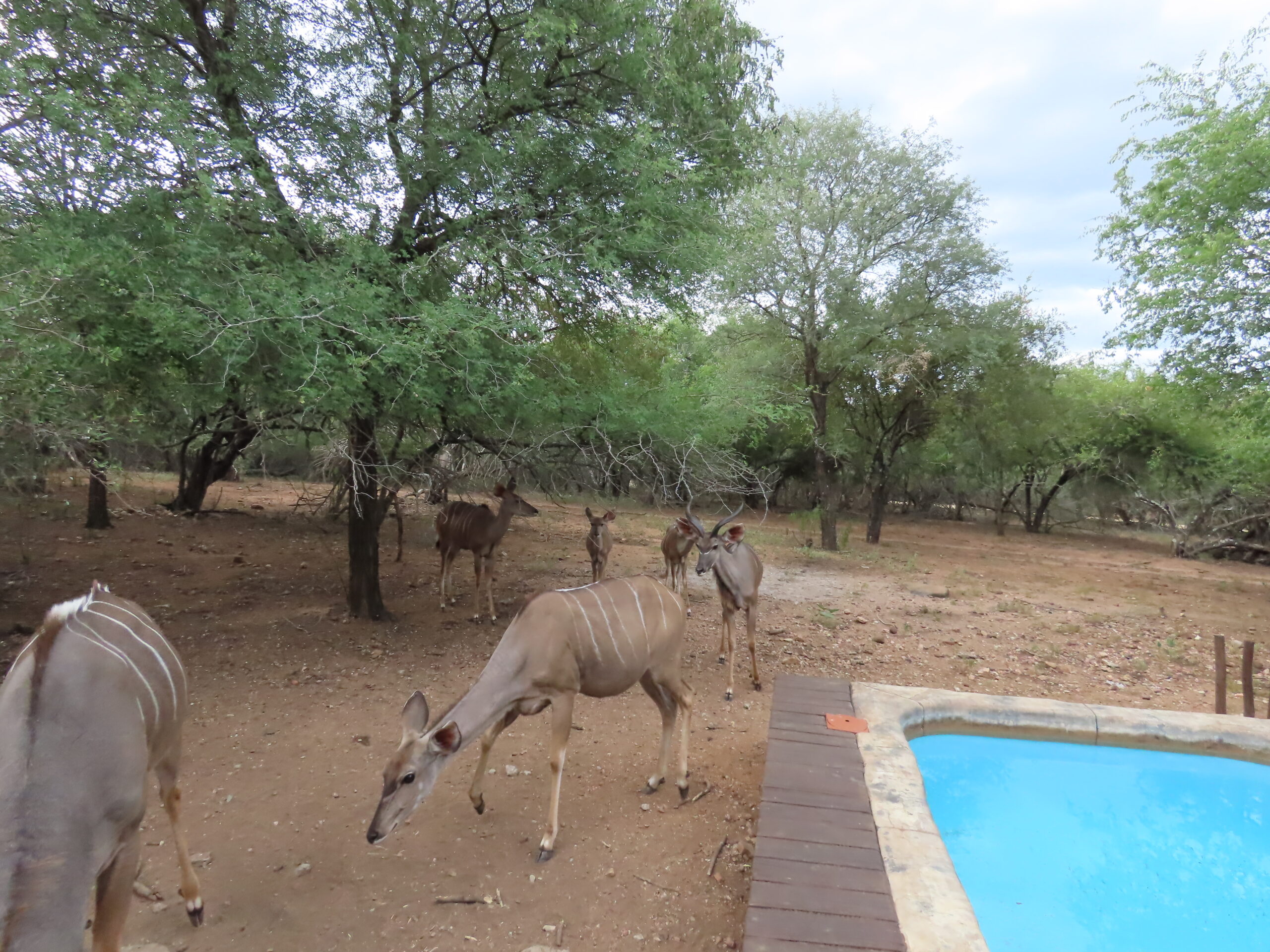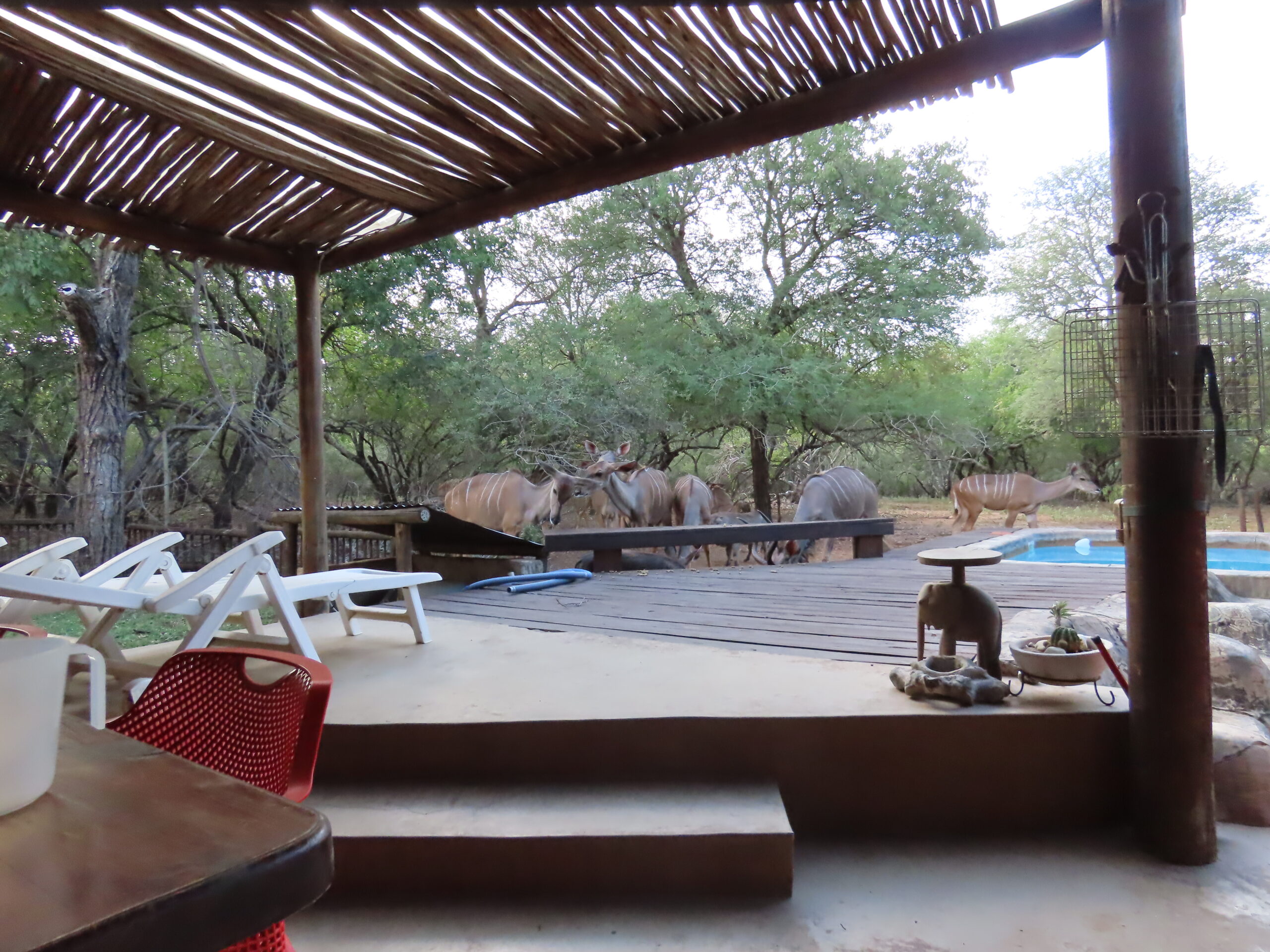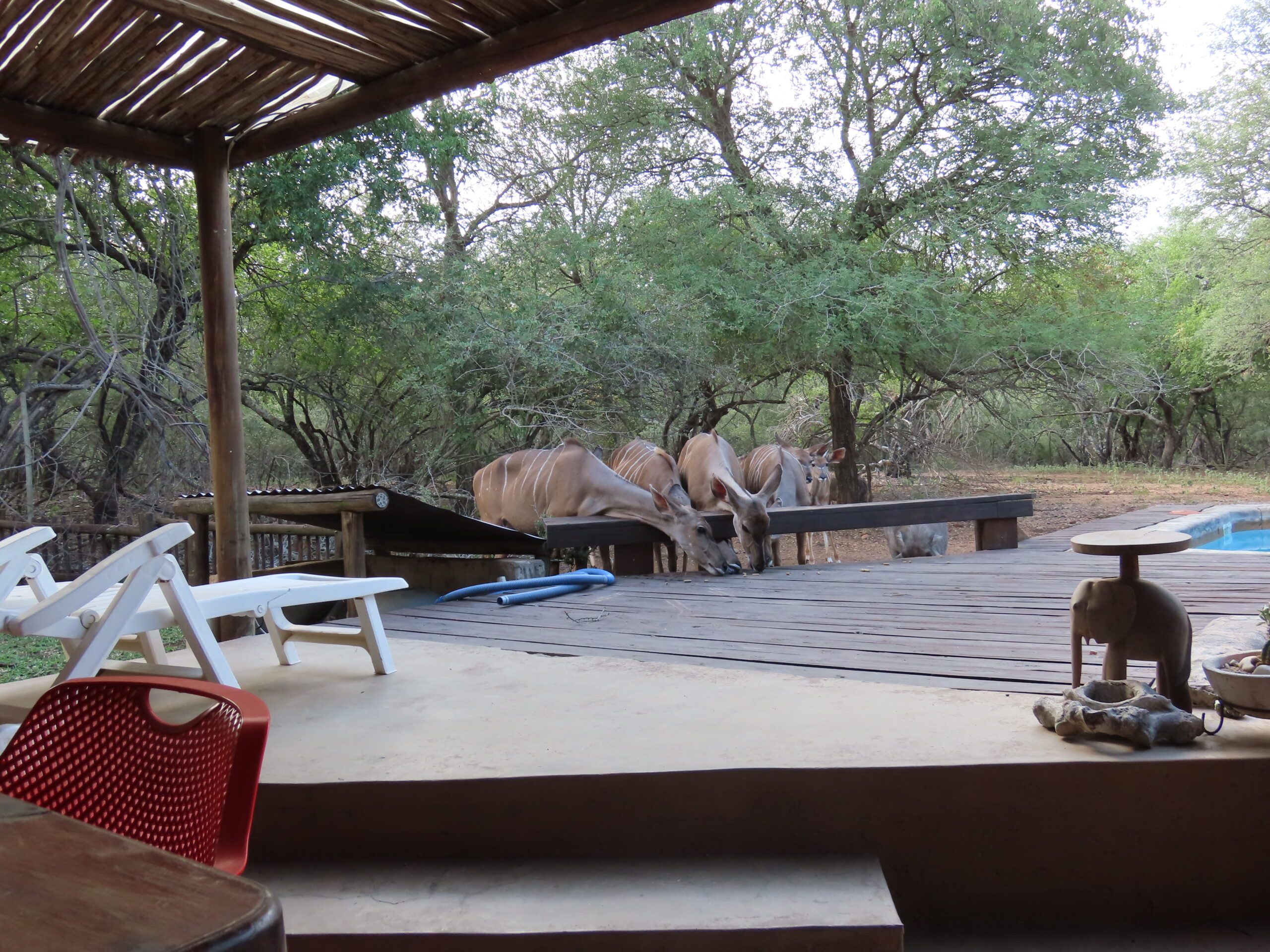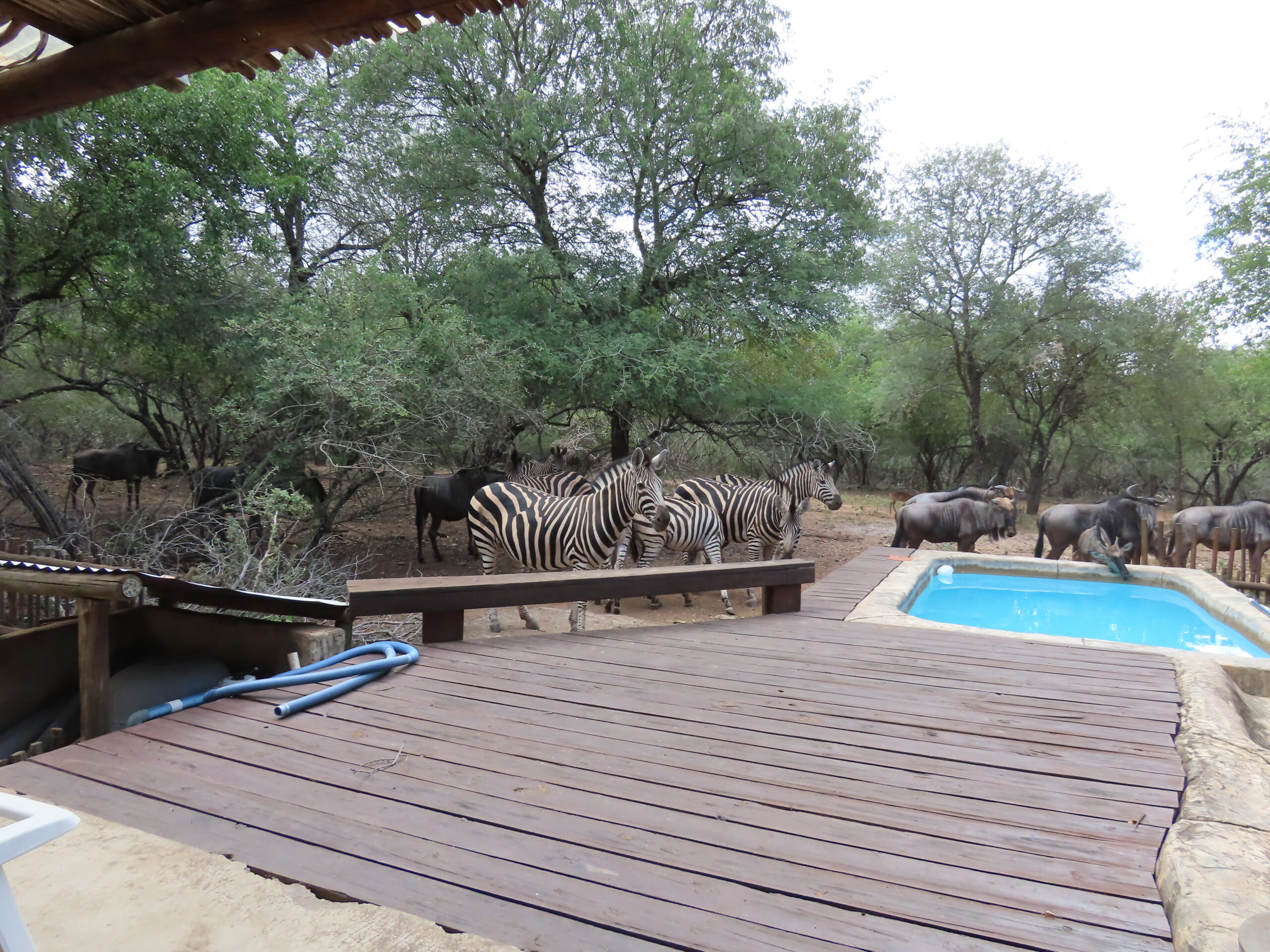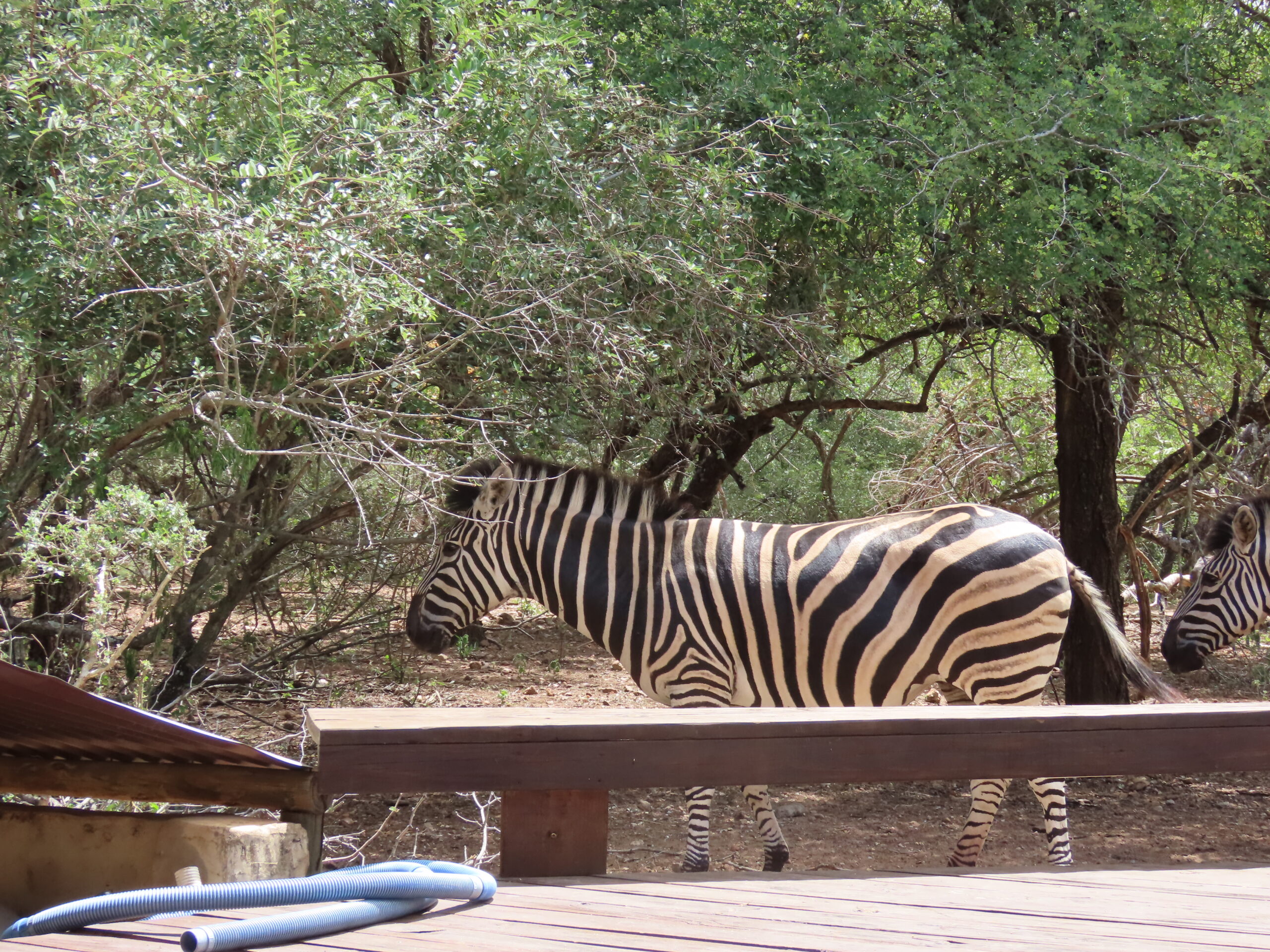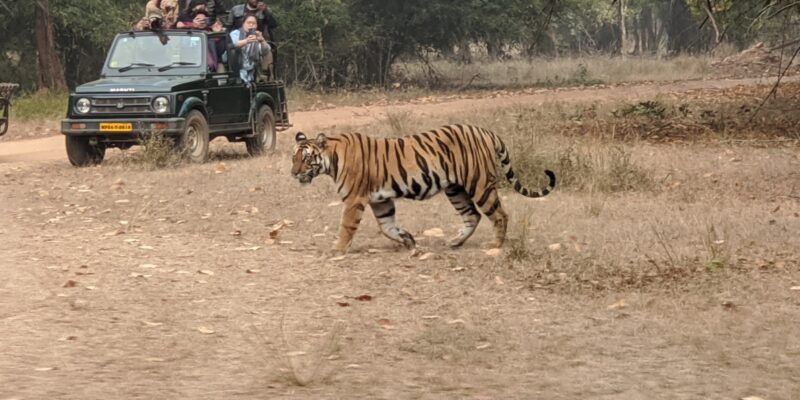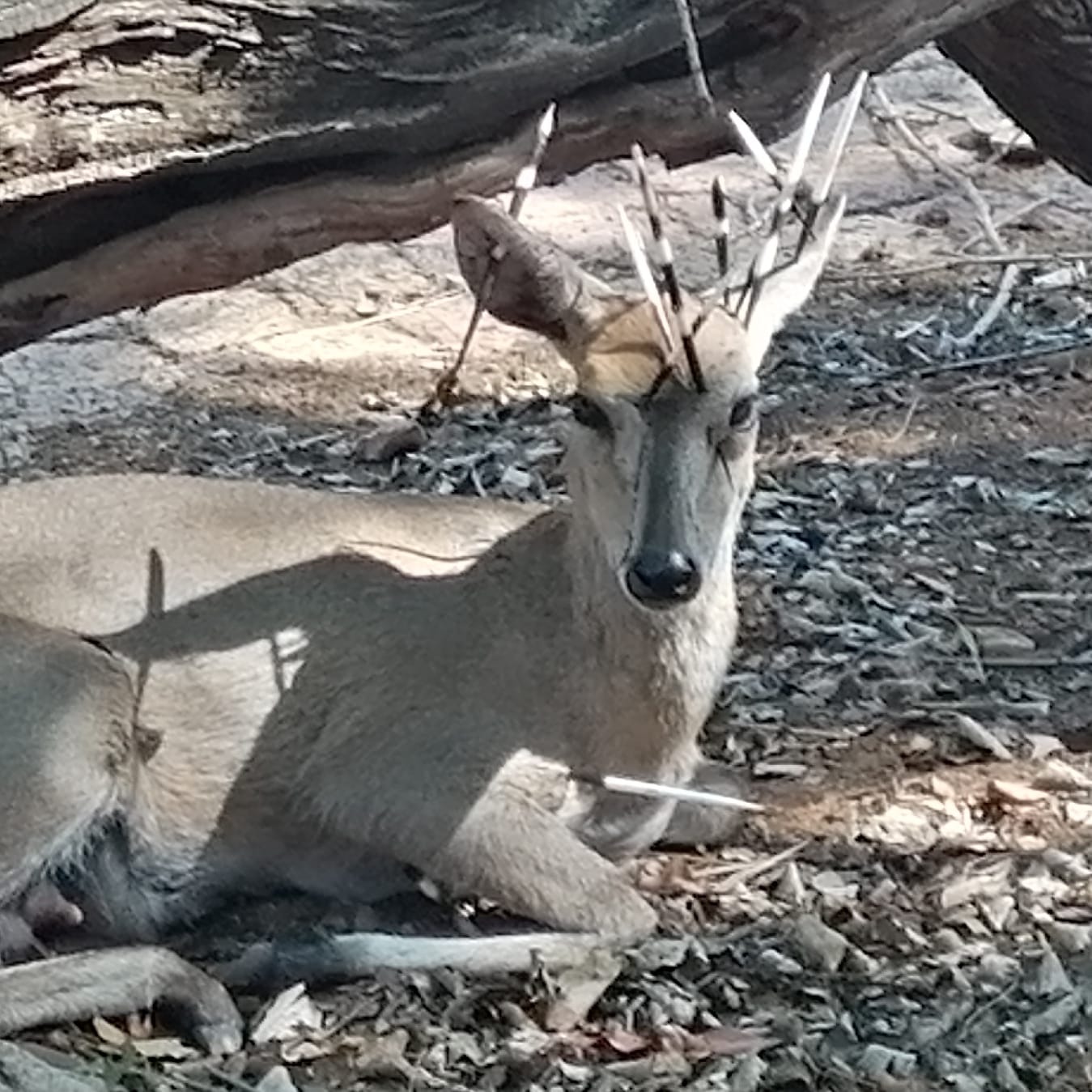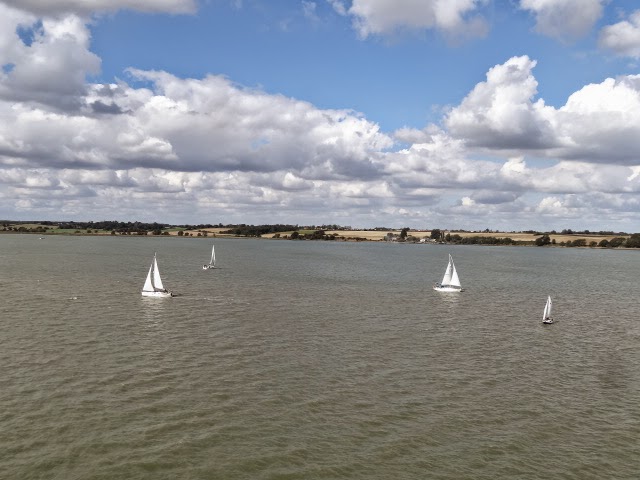 |
Note: All of today’s photos were taken from the car on yesterday’s road trip. No captions needed.
Yesterday, as I wrote this post we were in a crisp clean white SUV with air-con comparable to other vehicles that have been transporting us from one location to another.
 |
The drive is interrupted every three or four kilometers by small towns lined with shops and vendors selling fruit and vegetables, clothing, and a variety of tourist goods and household goods for the locals.

The women wear colorful Hindu costumes impeccably draped and pleated regardless of their income level of poverty. The beautiful garb us unlike any other we’ve seen in the world. Although each town may have its own personality the premise of the Hindu philosophy is evident in every aspect of creating a certain familiarity from town to town.
Once back out on the highway, the landscape is brown and somewhat desolate, scattered with trees and vegetation of one sort or another. It’s winter time here and until the monsoon season arrives everything the grasses remain brown and less hearty for the cows and other animals in search of good grazing fields.
 |
With nary a patch of green for meandering cows and sheep, they often seek out public areas in hopes of food donations from the locals who appear at times to be very generous with their sacred cows. Hindus have a love of all creatures, both human and animals.
 |
Their simple life is accepted with a powerful faith not so much as a religion but as a way of life leaving them grateful and accepting of whatever lifestyle they’ve been provided.
 |
These individuals and families work together however they can to create the best life possible without complaint, without disharmony and without a longing for what could have been.
I often think of all the times I’d grumbled when making a call for customer service to end up with a heavily-accented Indian person on the line, often working in a hot uncomfortable boiler room taking calls for various digital and computer equipment companies all the way from India to provide customer service for companies in the US. Now, I have an entirely different perspective.
 |
In a land of 1.3 billion people there’s is little to no government subsidies such as welfare, food stamps or government assistance. Overall, Indian people are on their own.
 |
We’ve seen fewer homeless people here in India in the almost month we have been here than we saw in an equal time in the US. That speaks for itself and the powerful work ethic and life values imposed by their Hindu strength and principles.
By the time we return for the afternoon game drive at 6:30 pm, we’ll freshen up for dinner, dine at 8:00 pm and head to bed shortly thereafter. It’s a busy and exhausting day but typical in the lives of wildlife enthusiasts like ourselves.
Have a fantastic day and night!
Photo from one year ago today, February 27, 2019:
 |
| The kudus give us “the look,” which means “more pellets please.” For more photos, please click here. |


